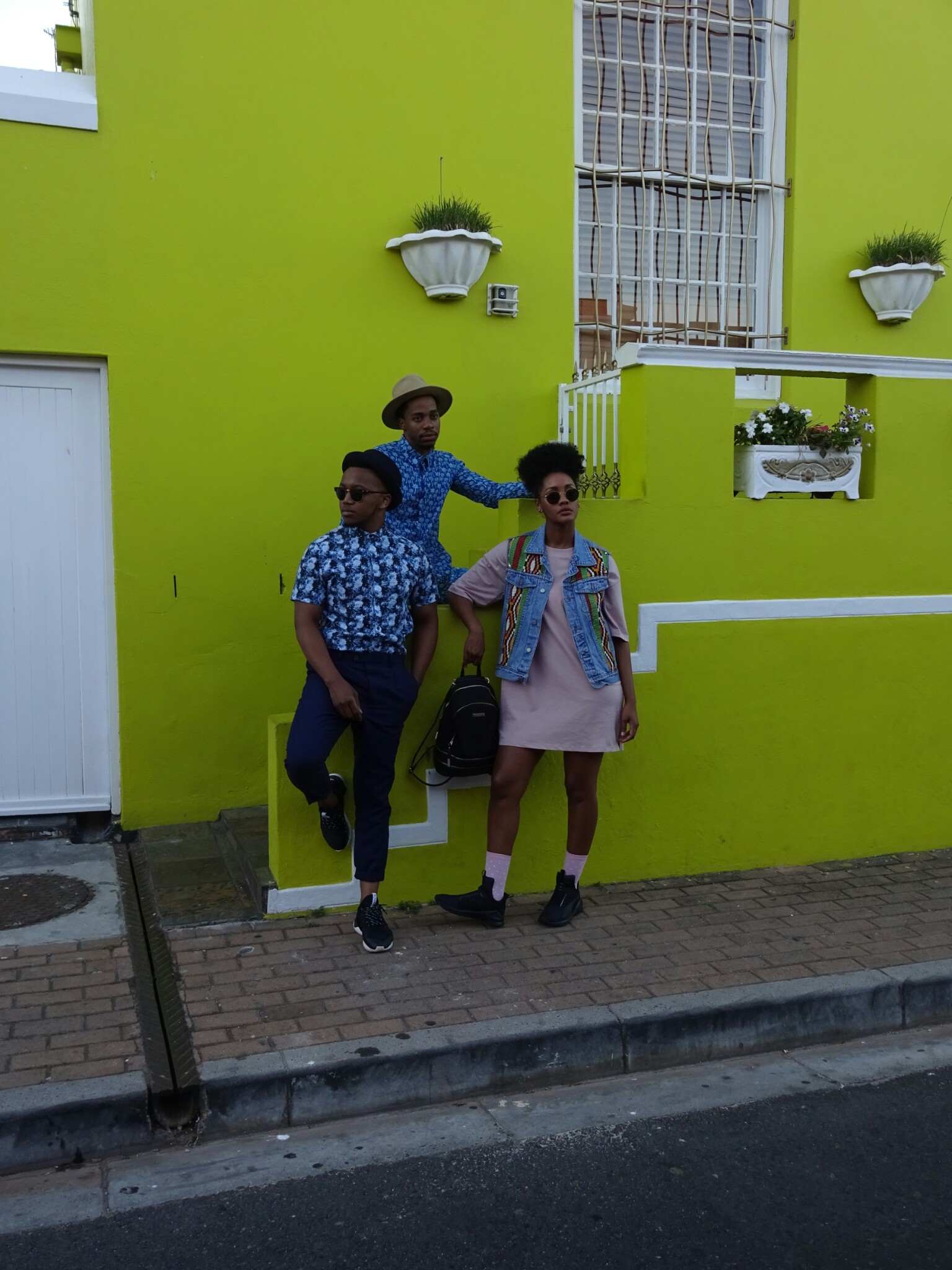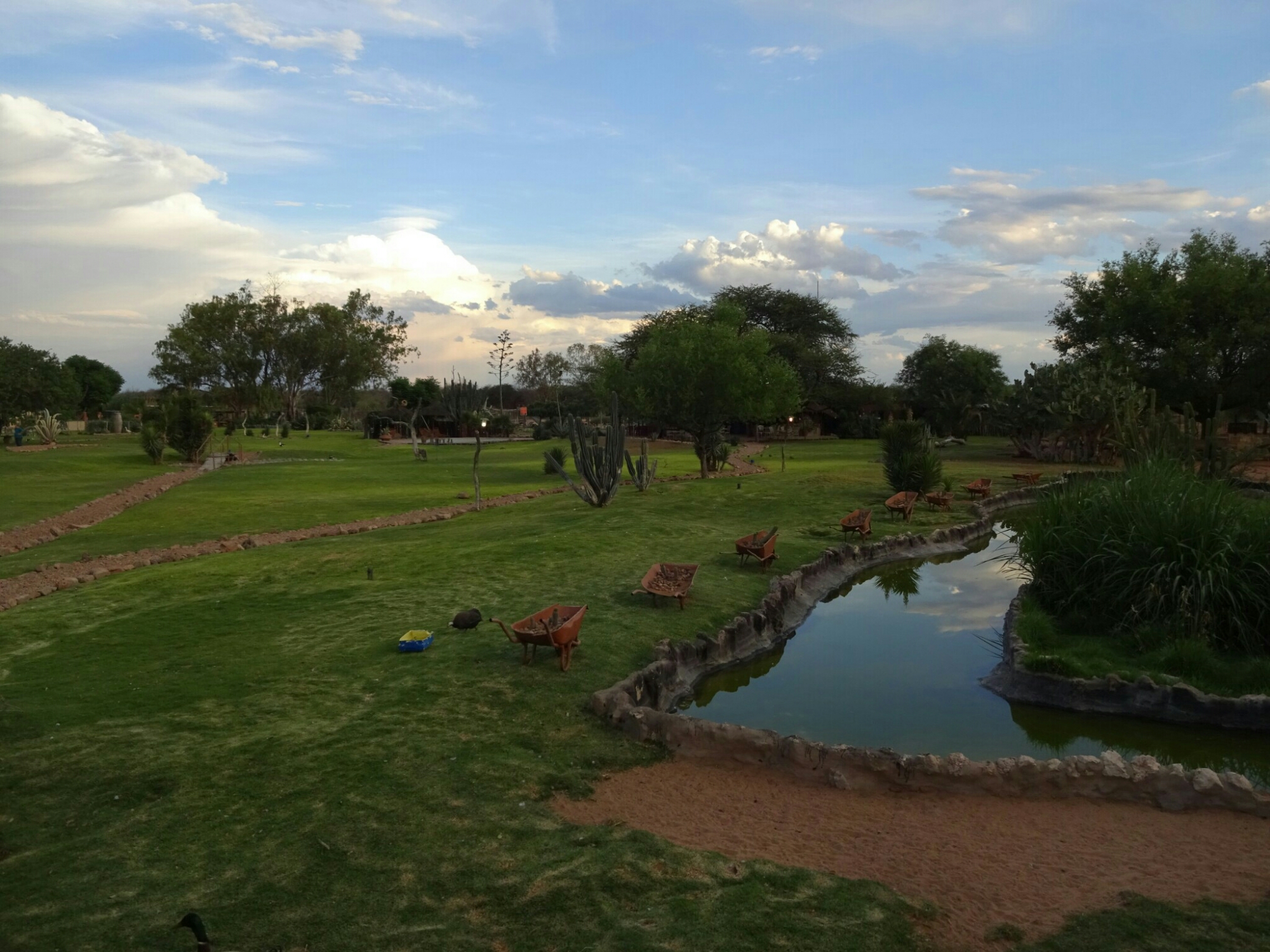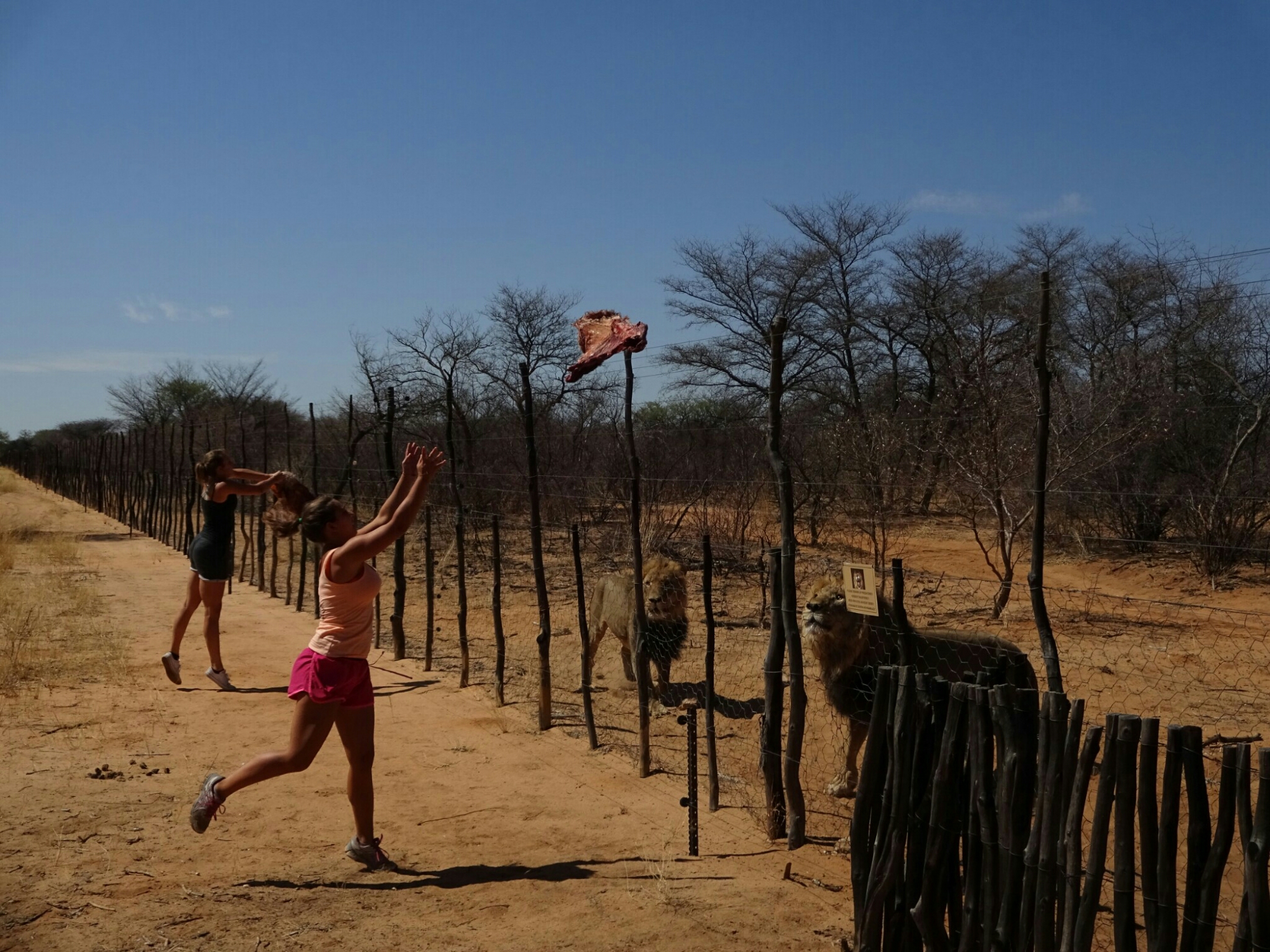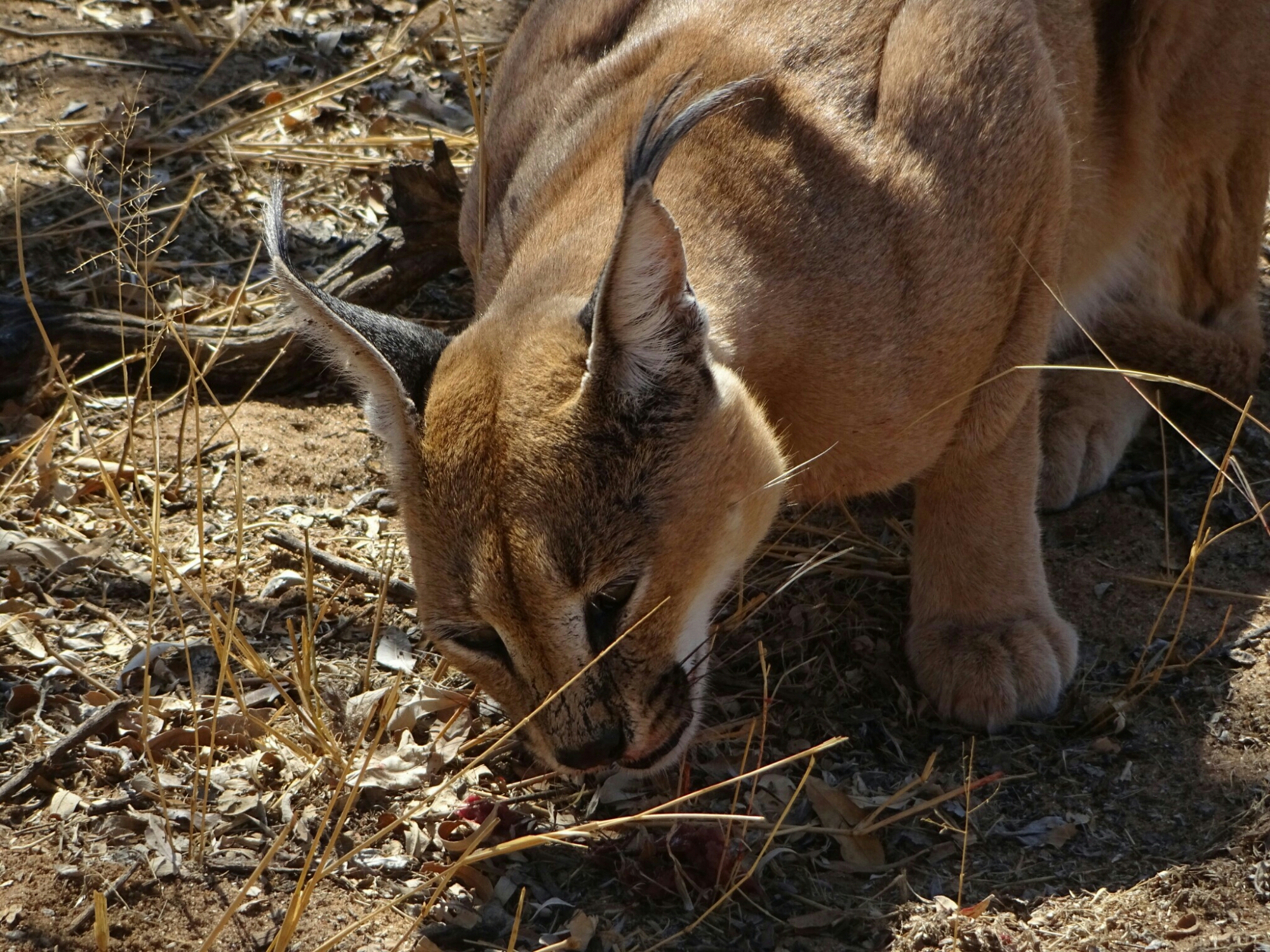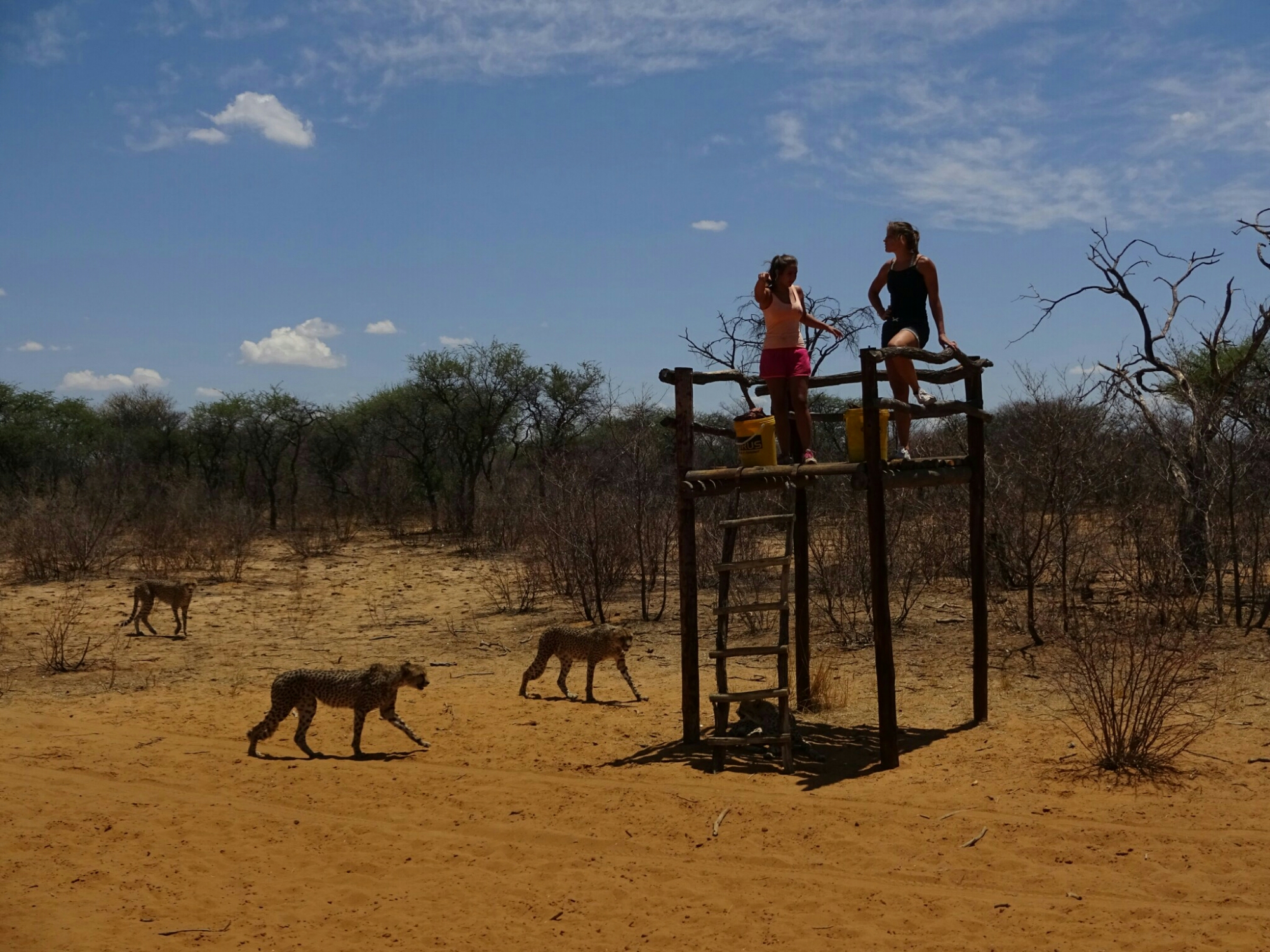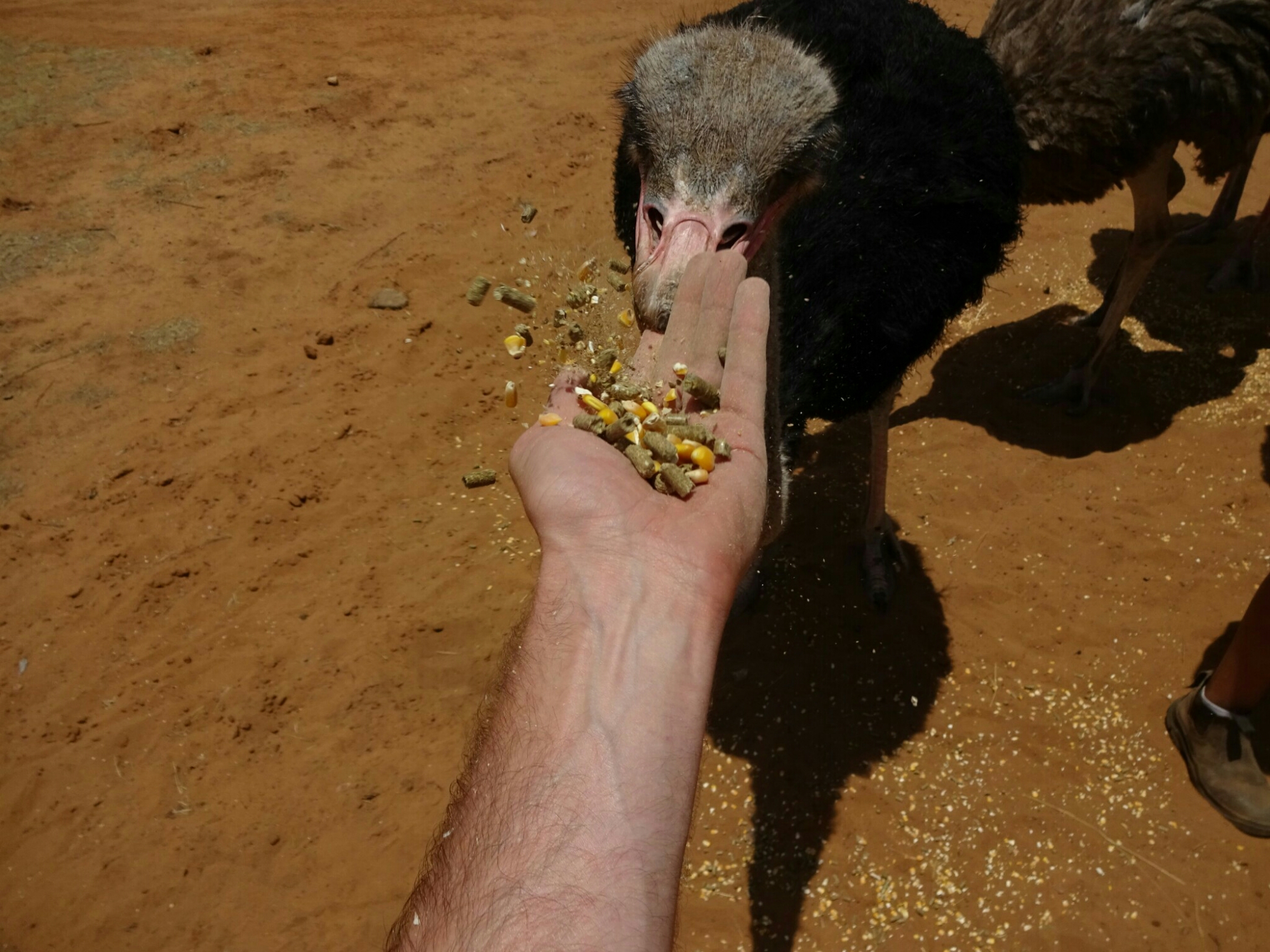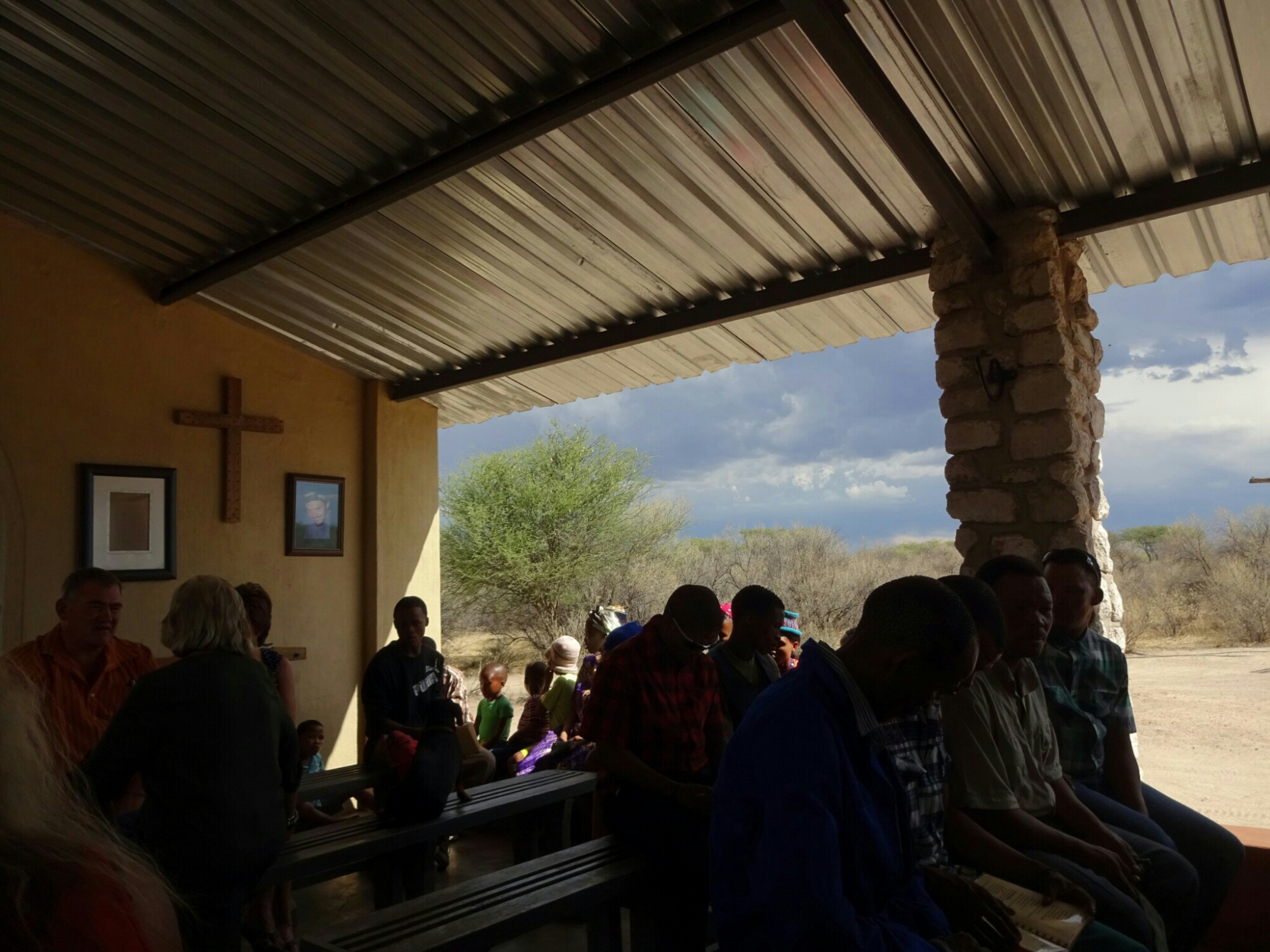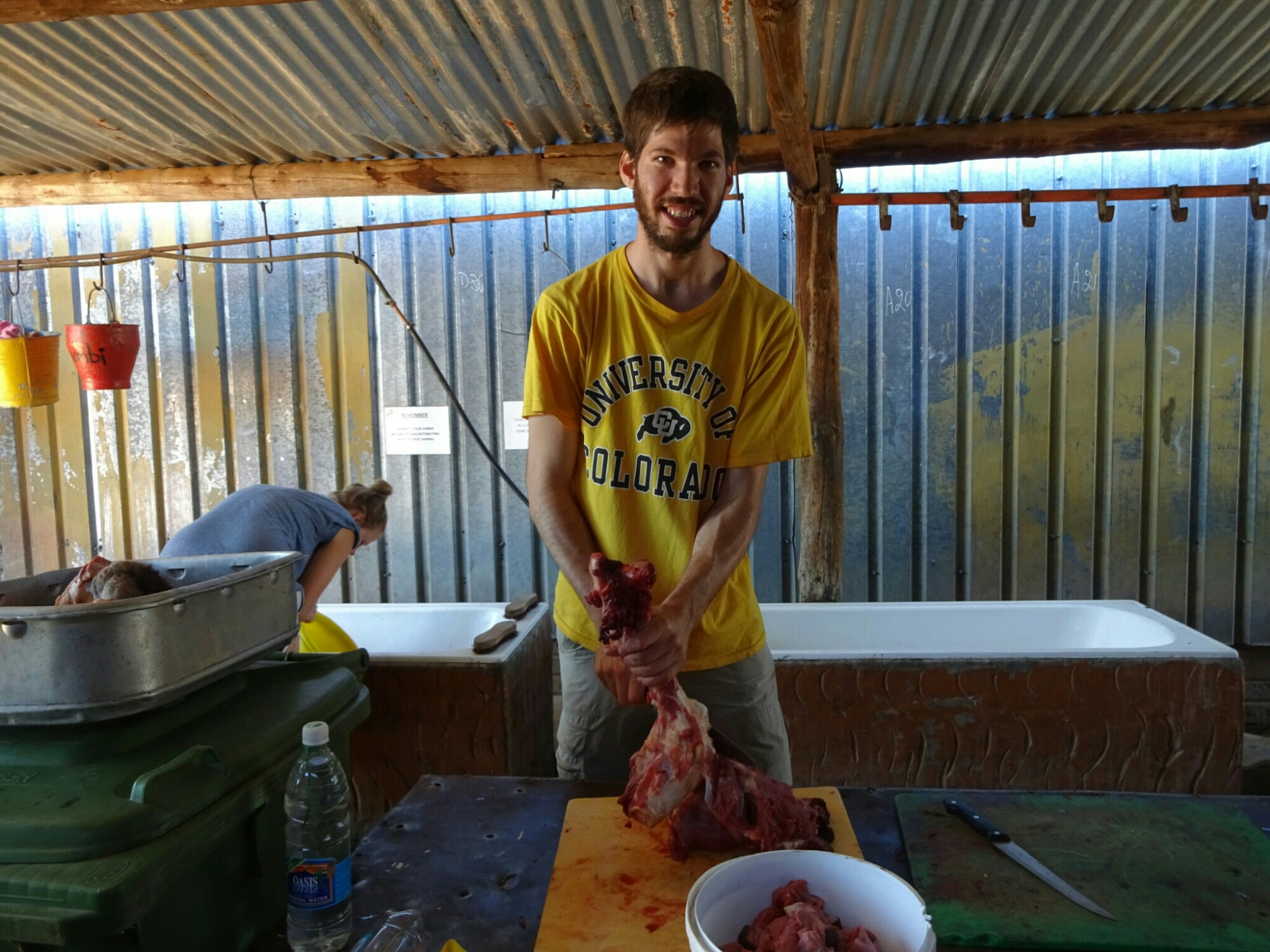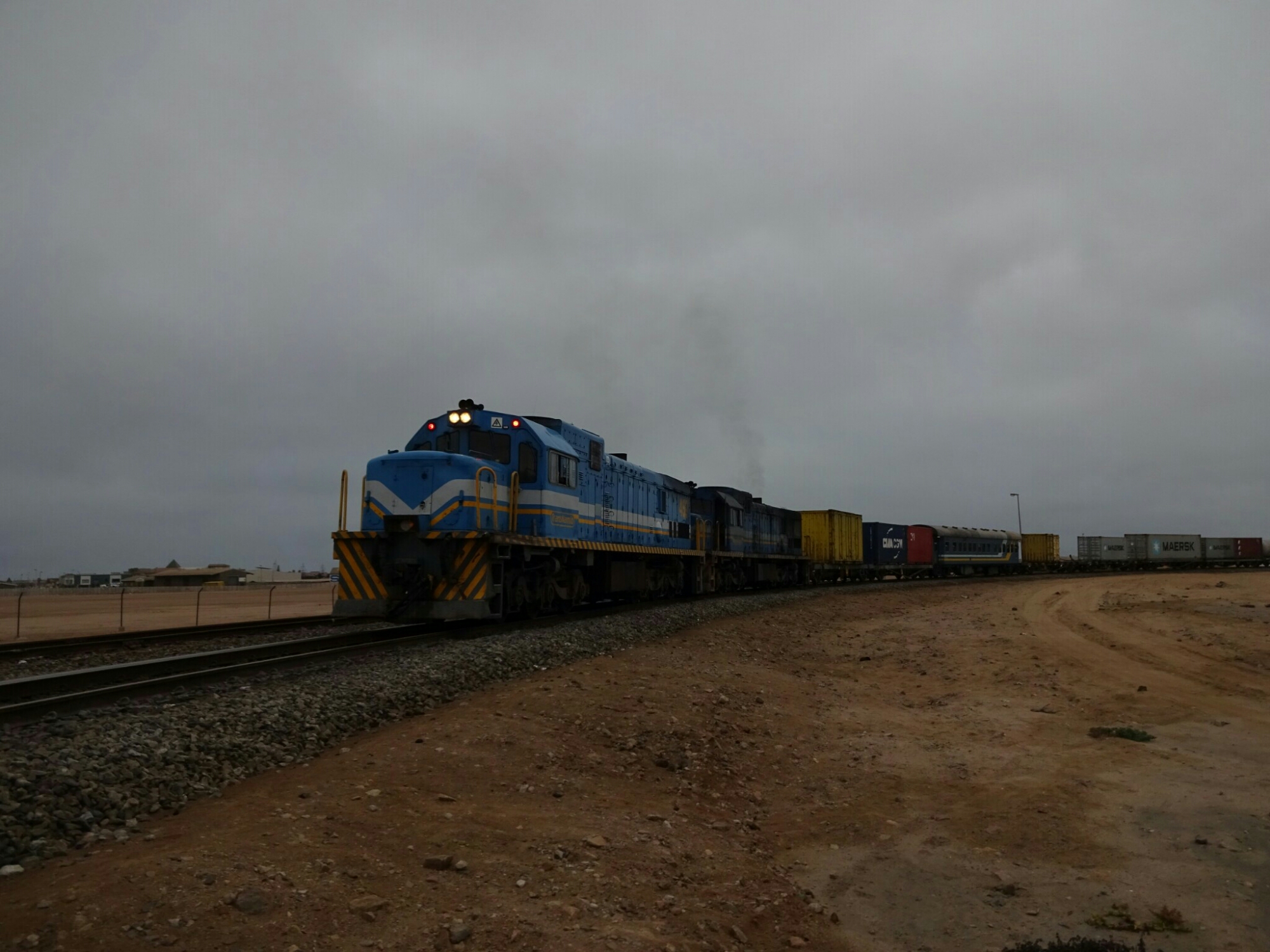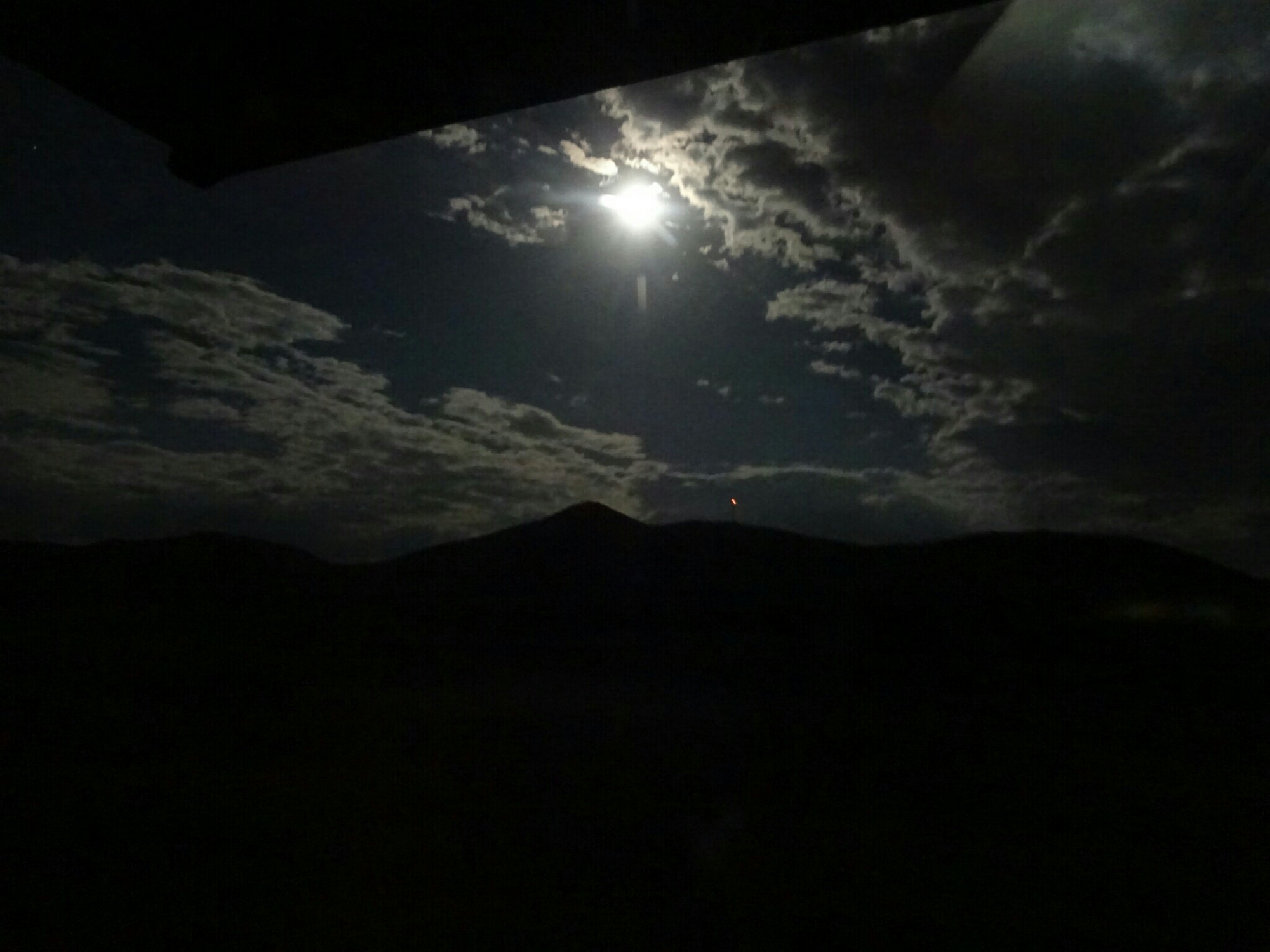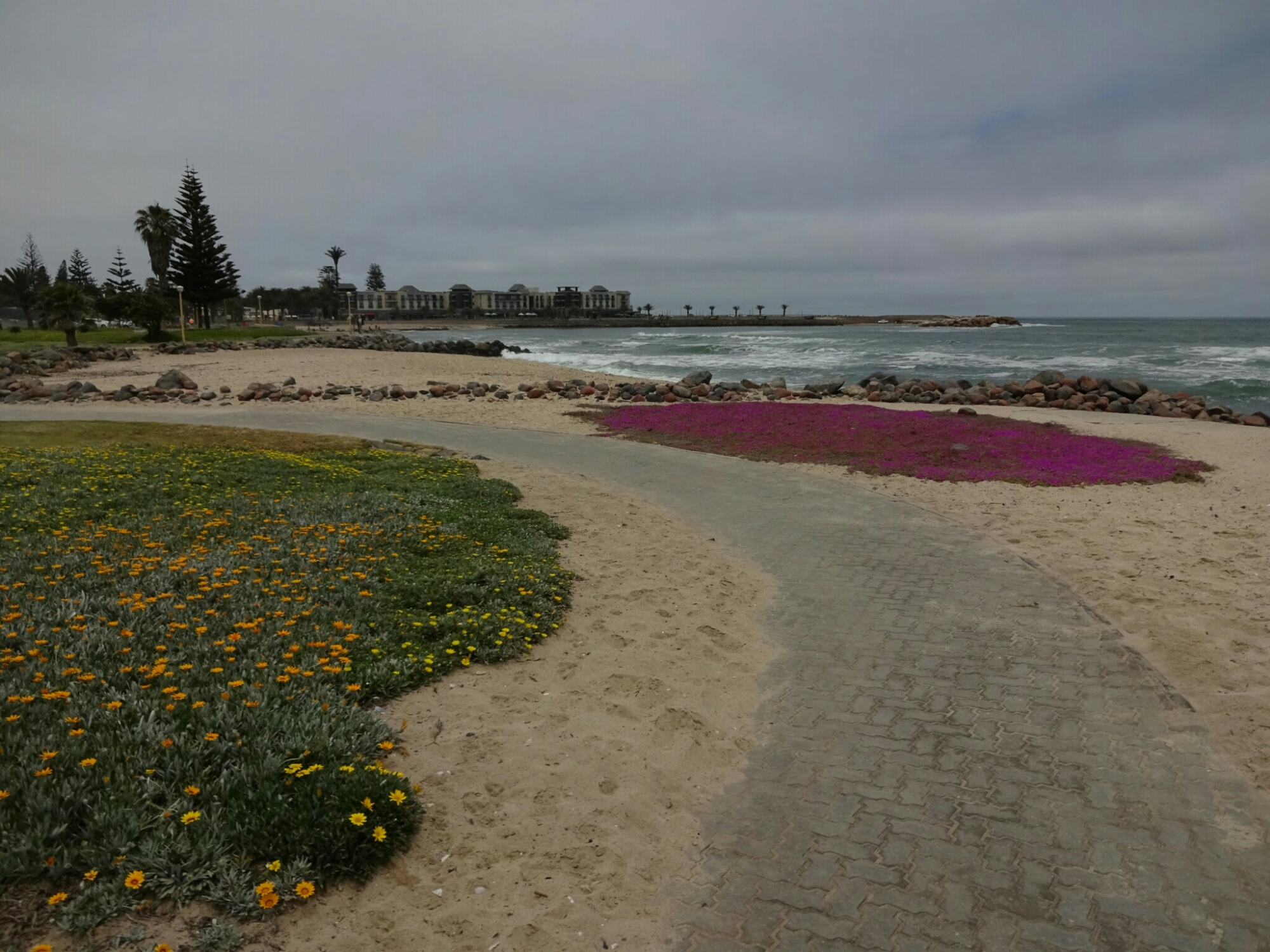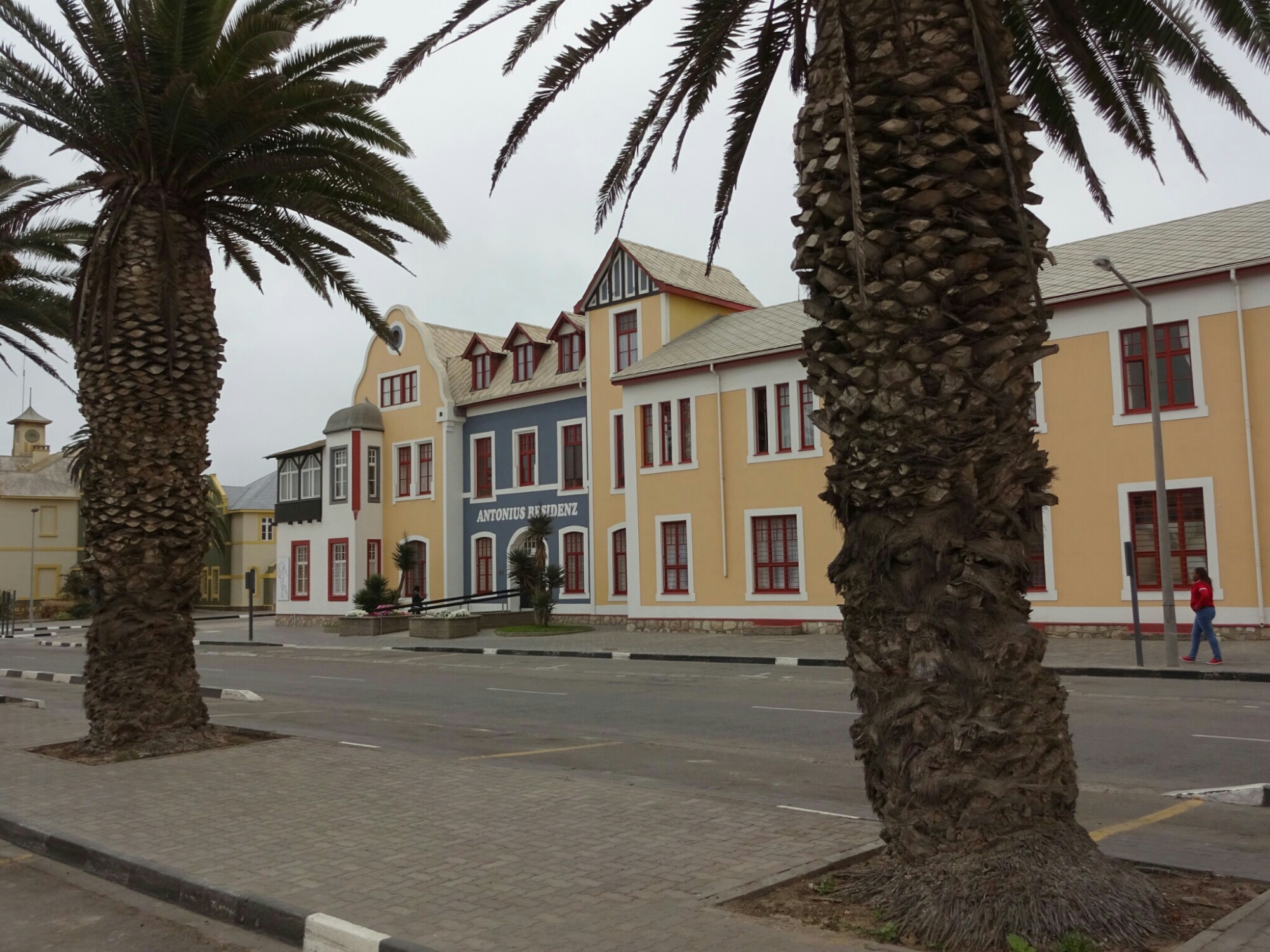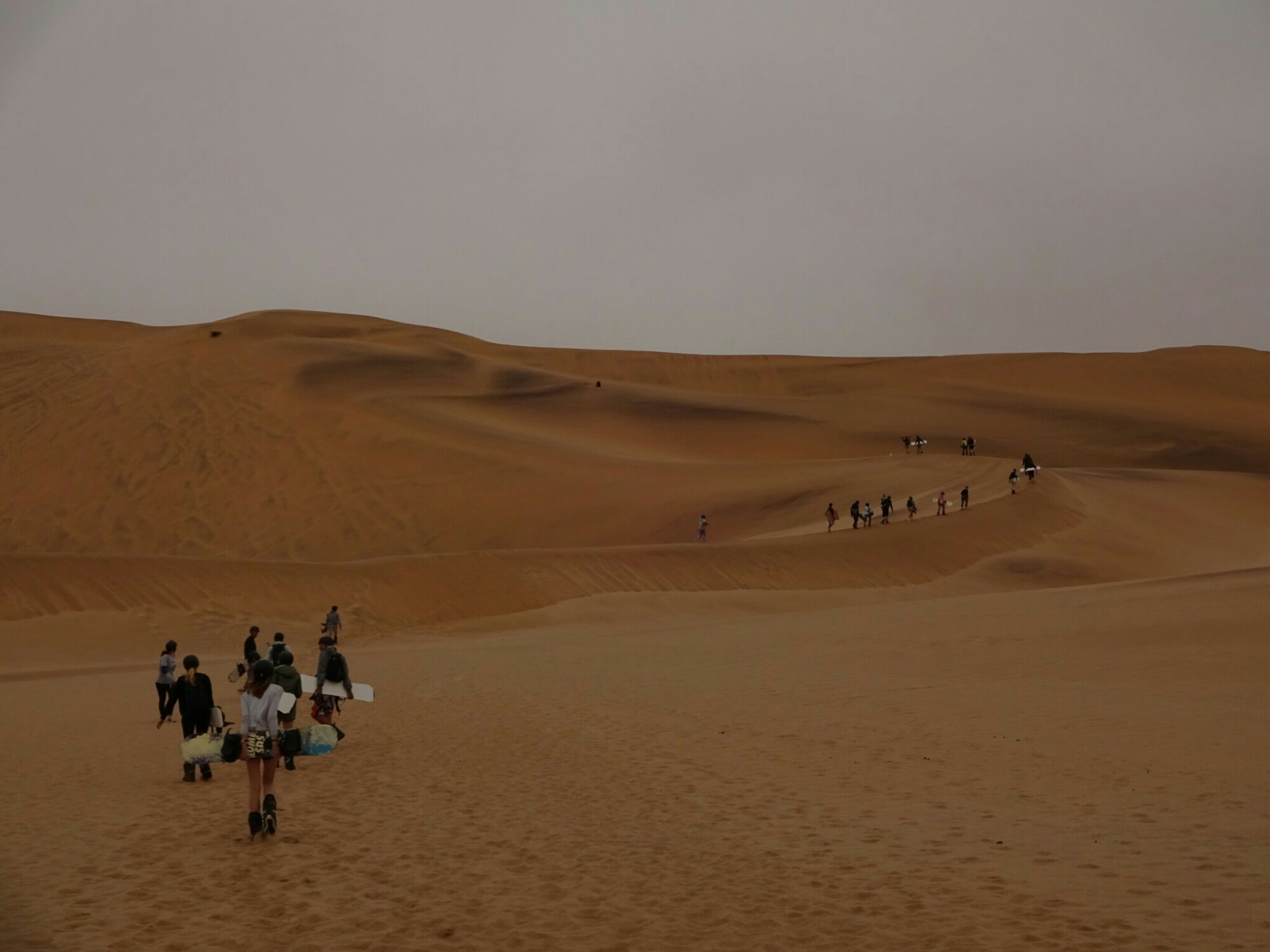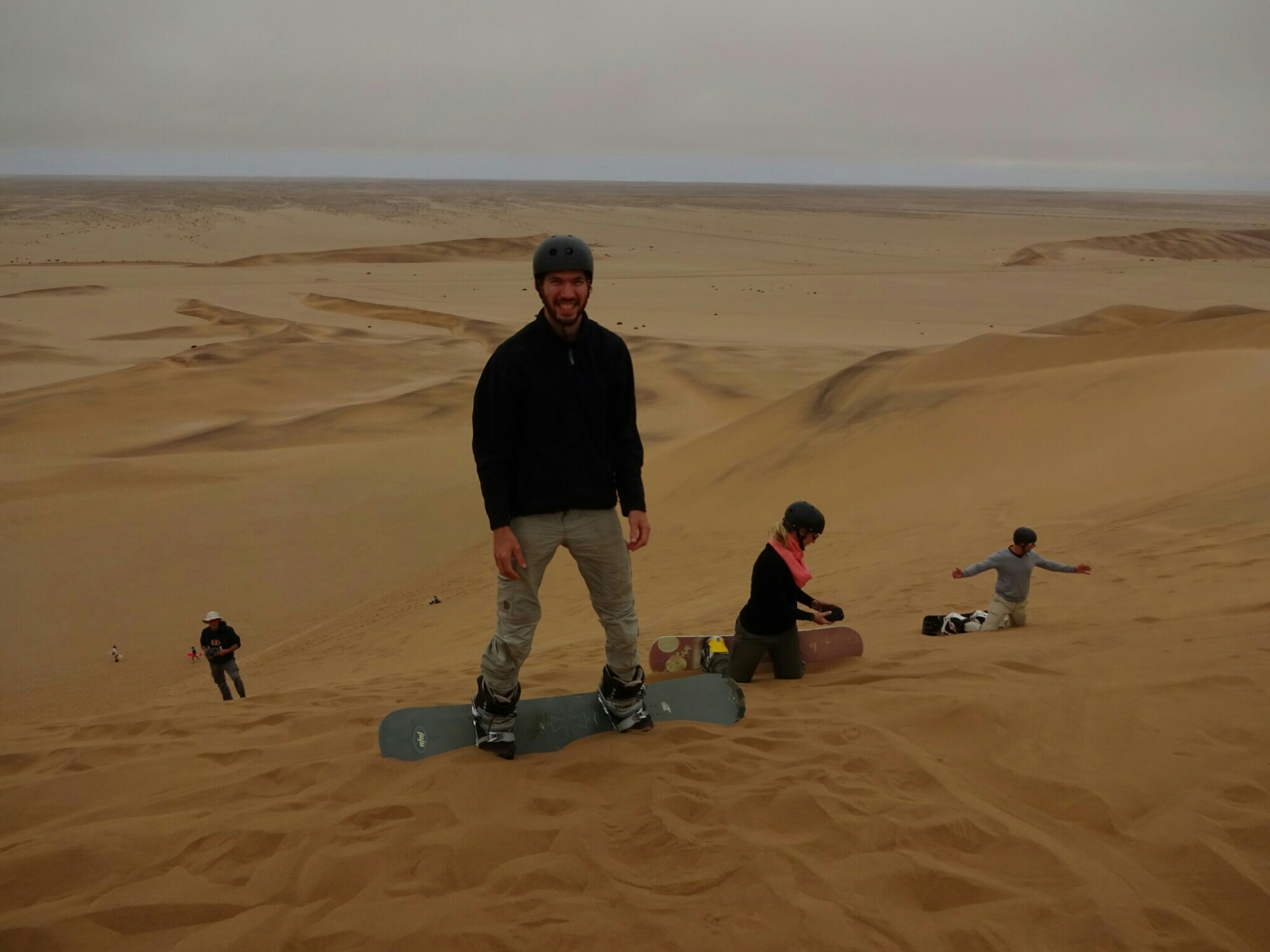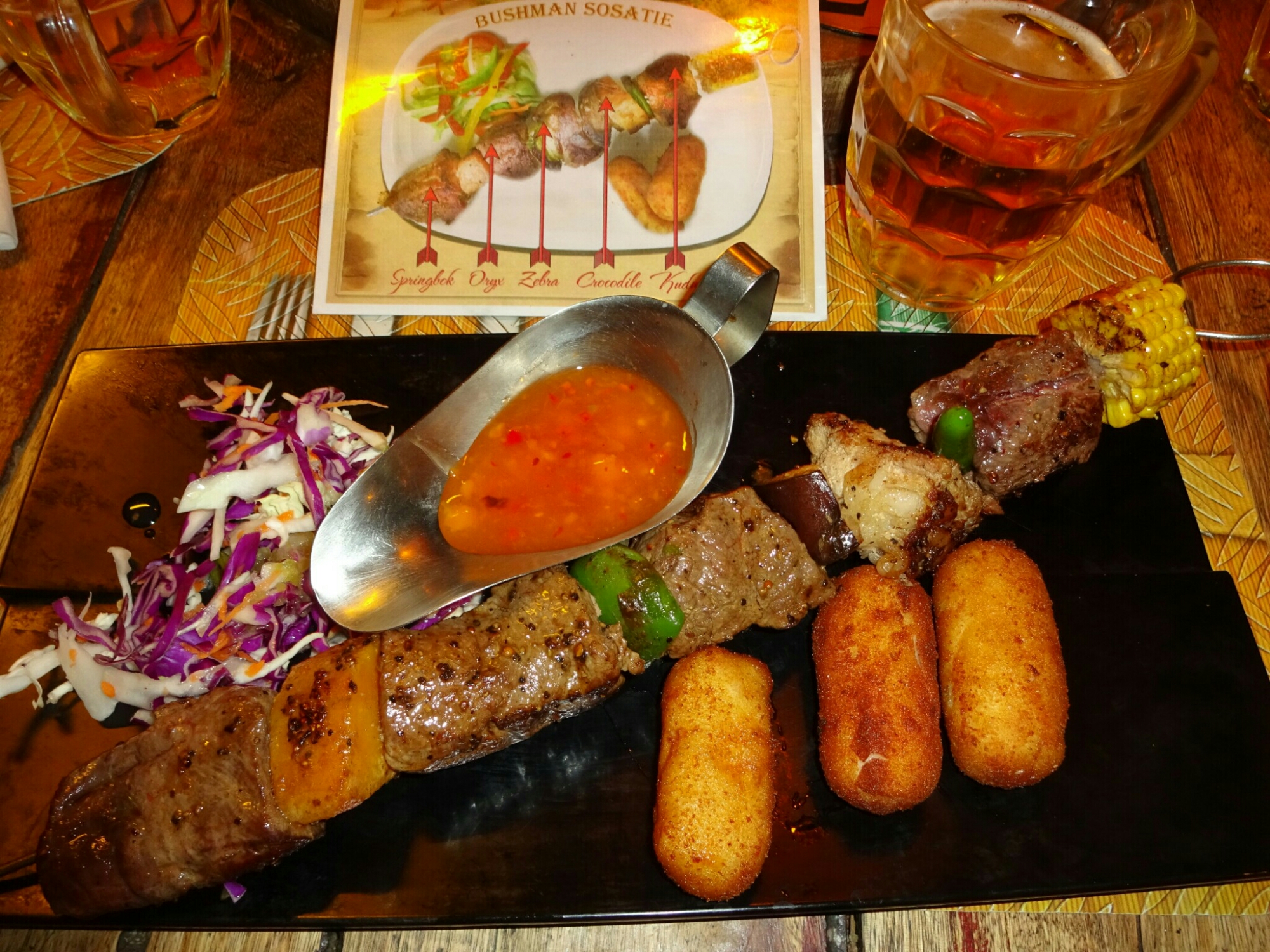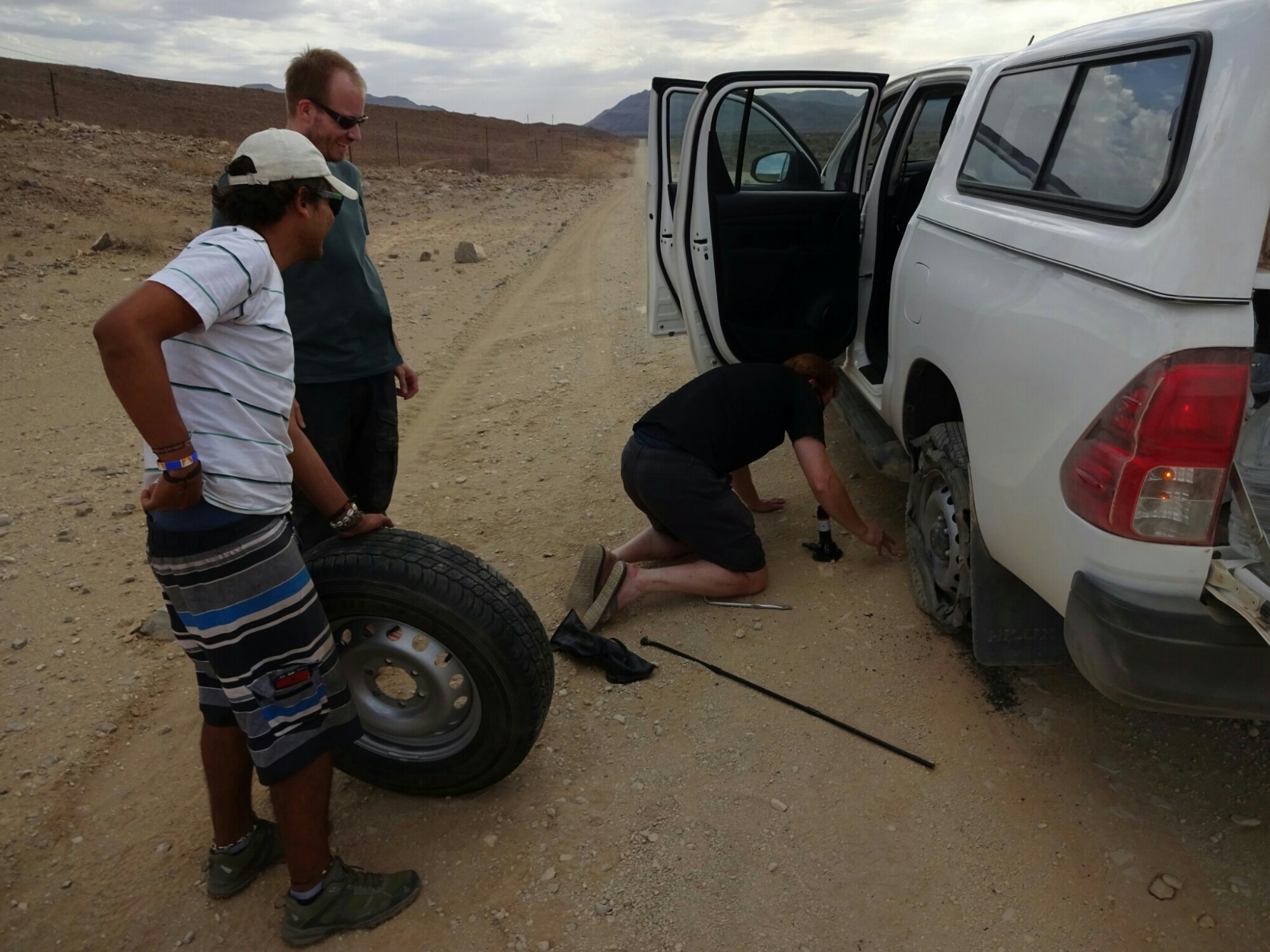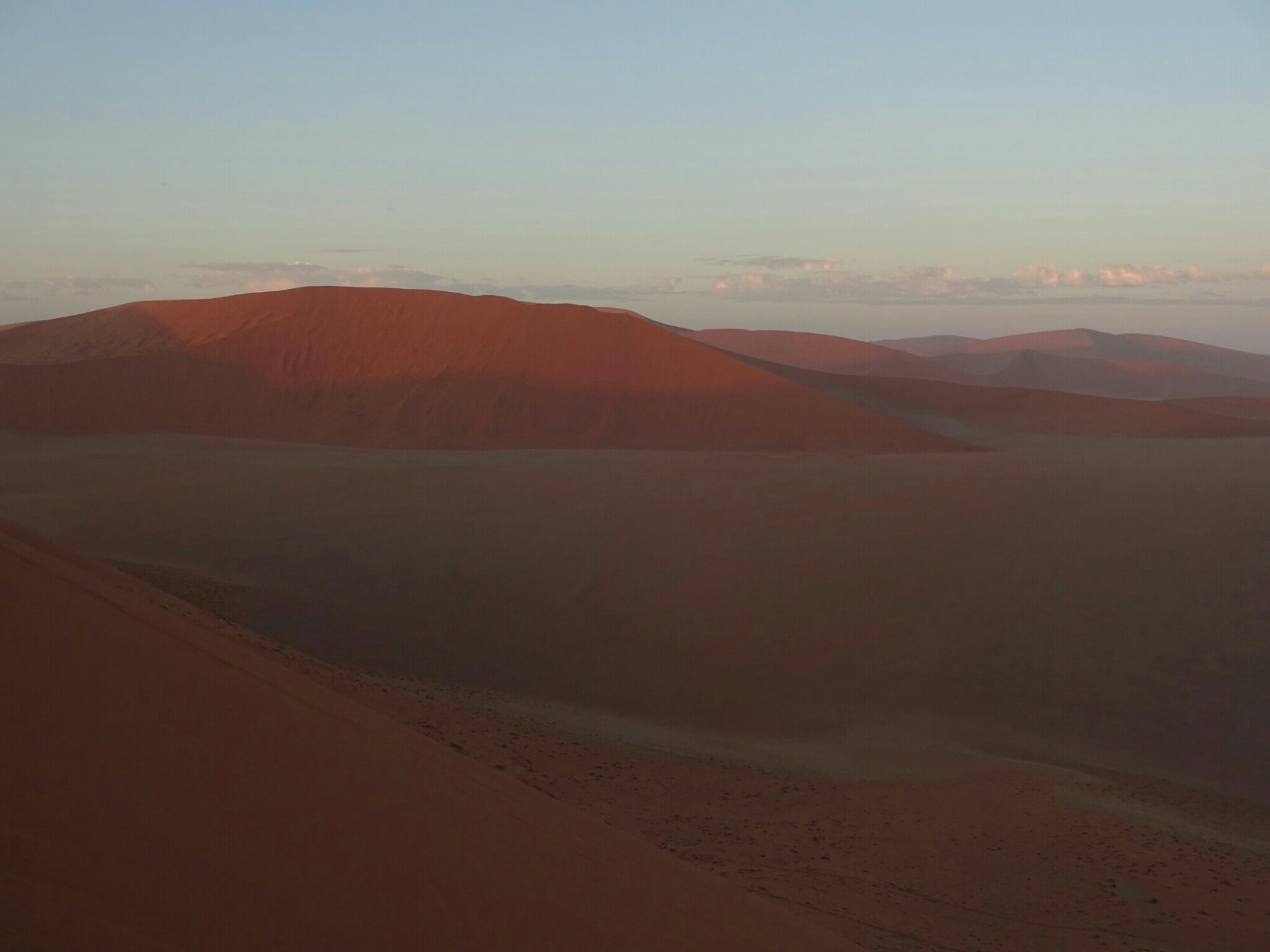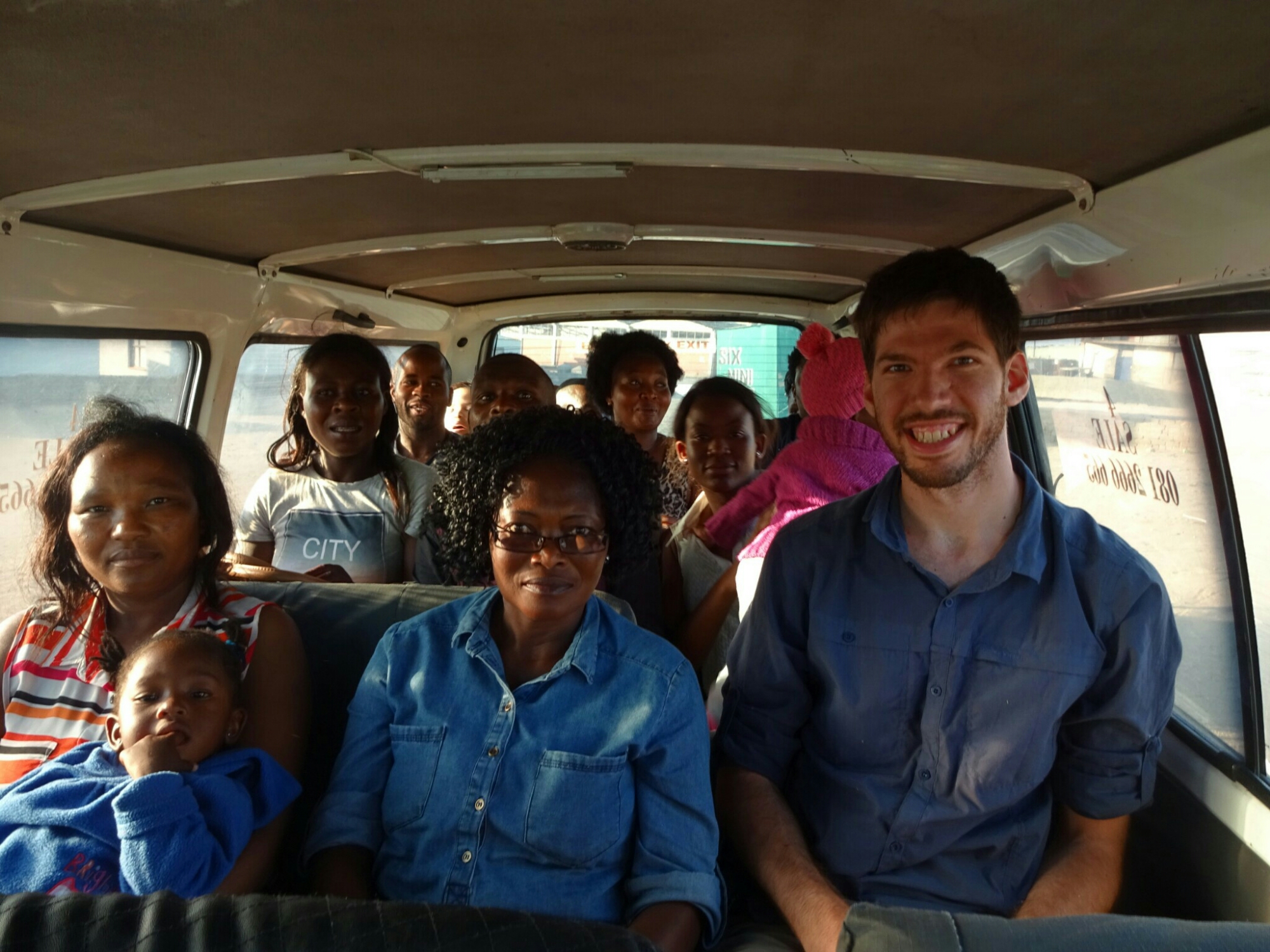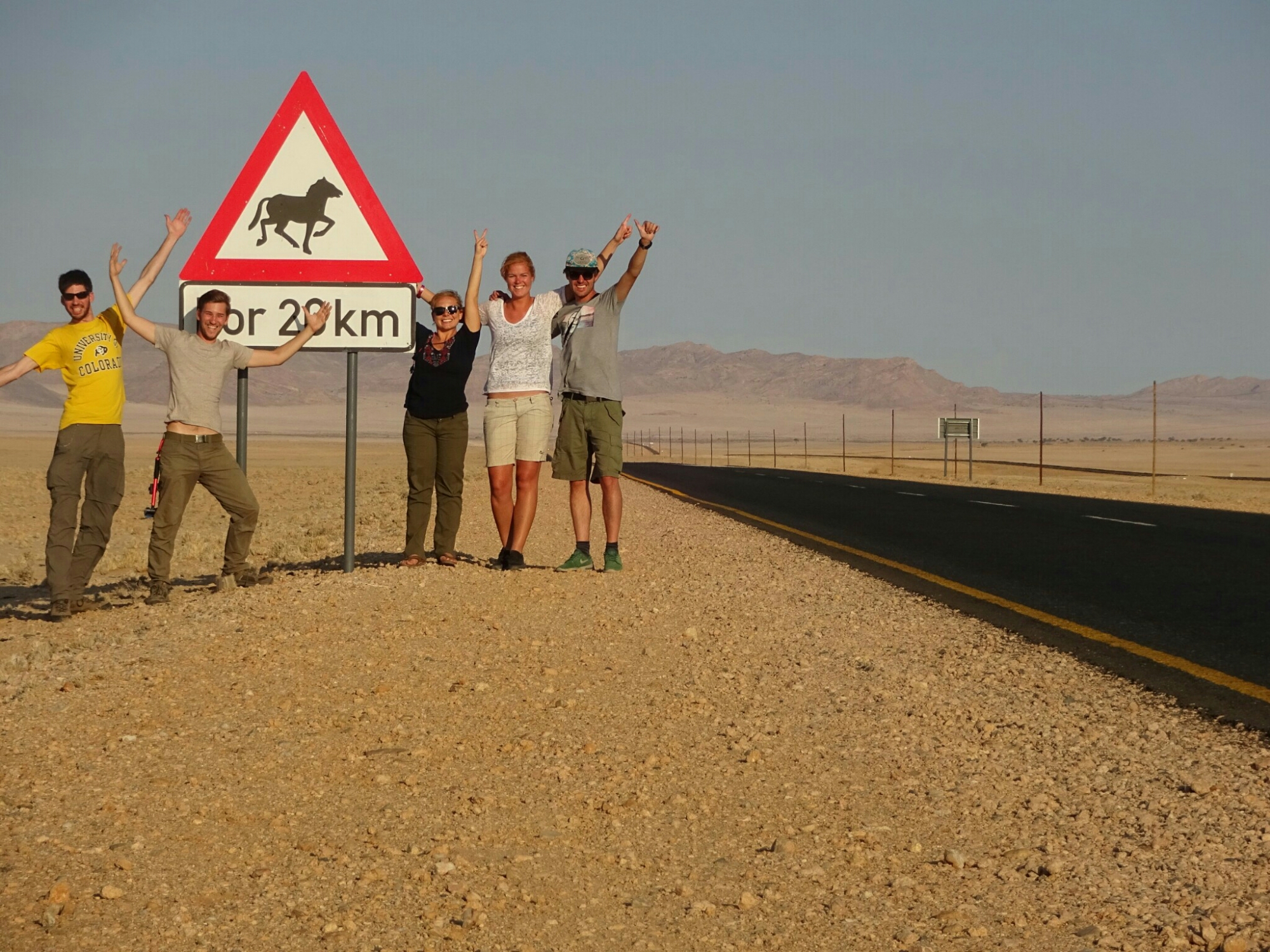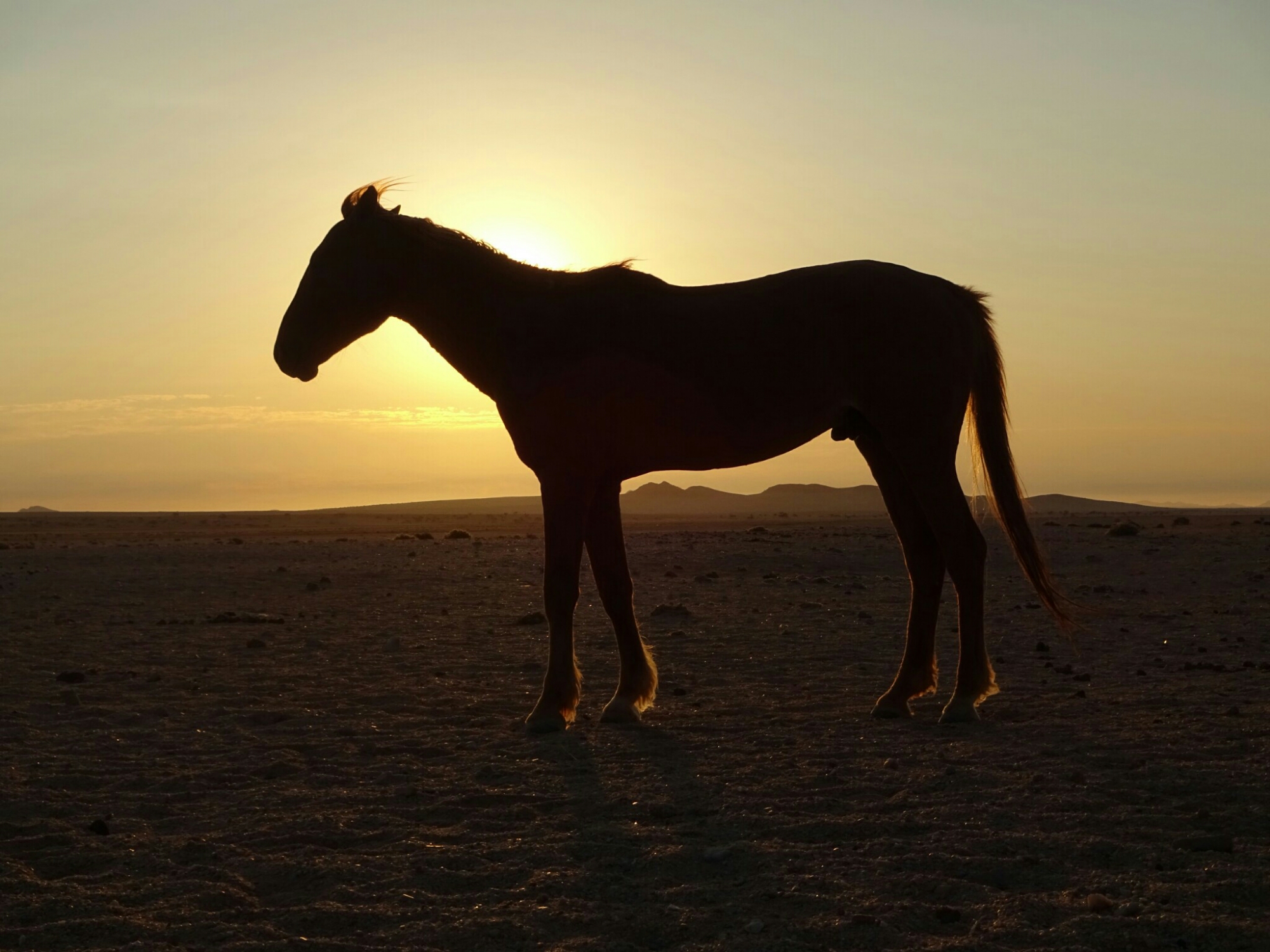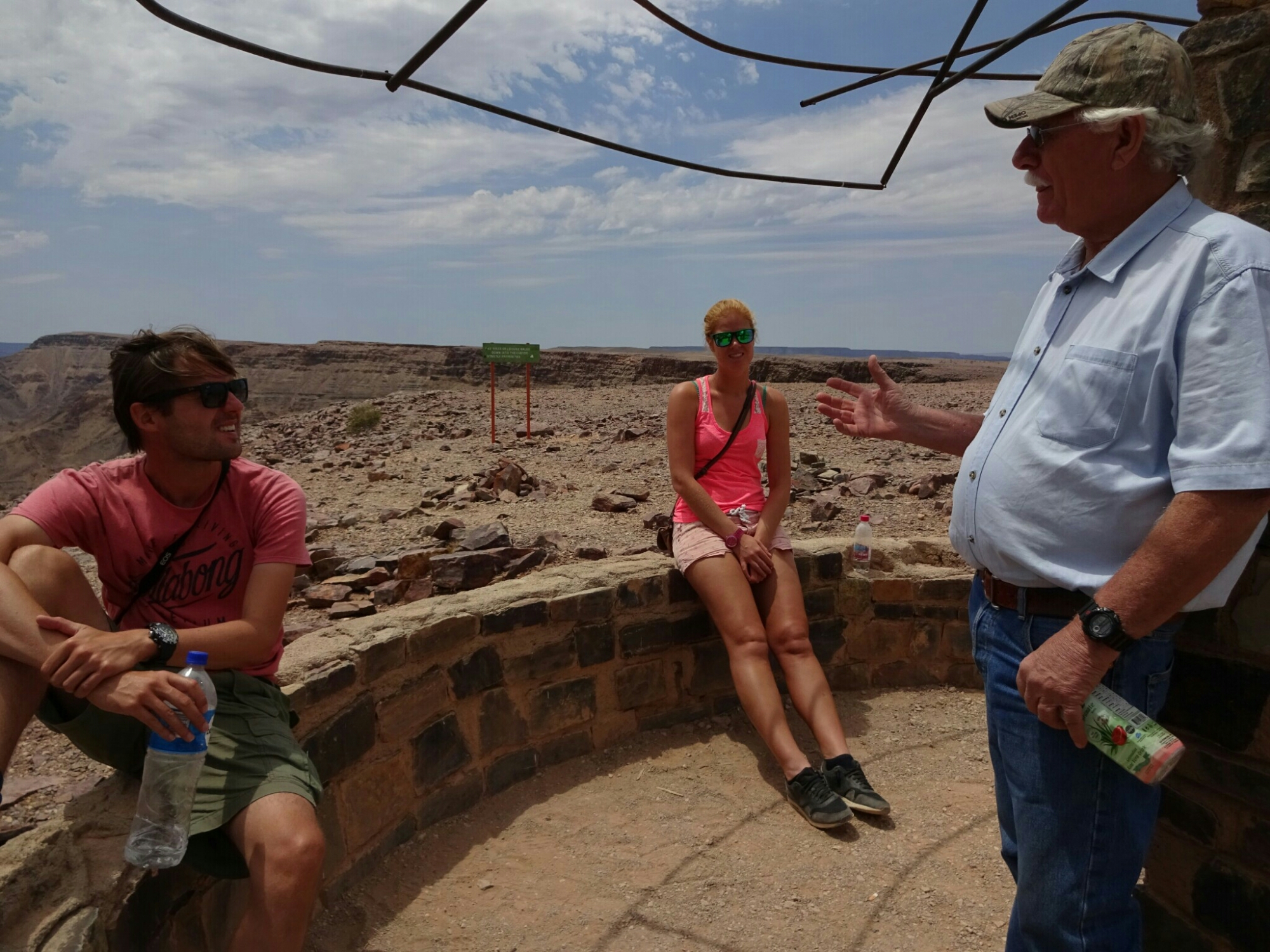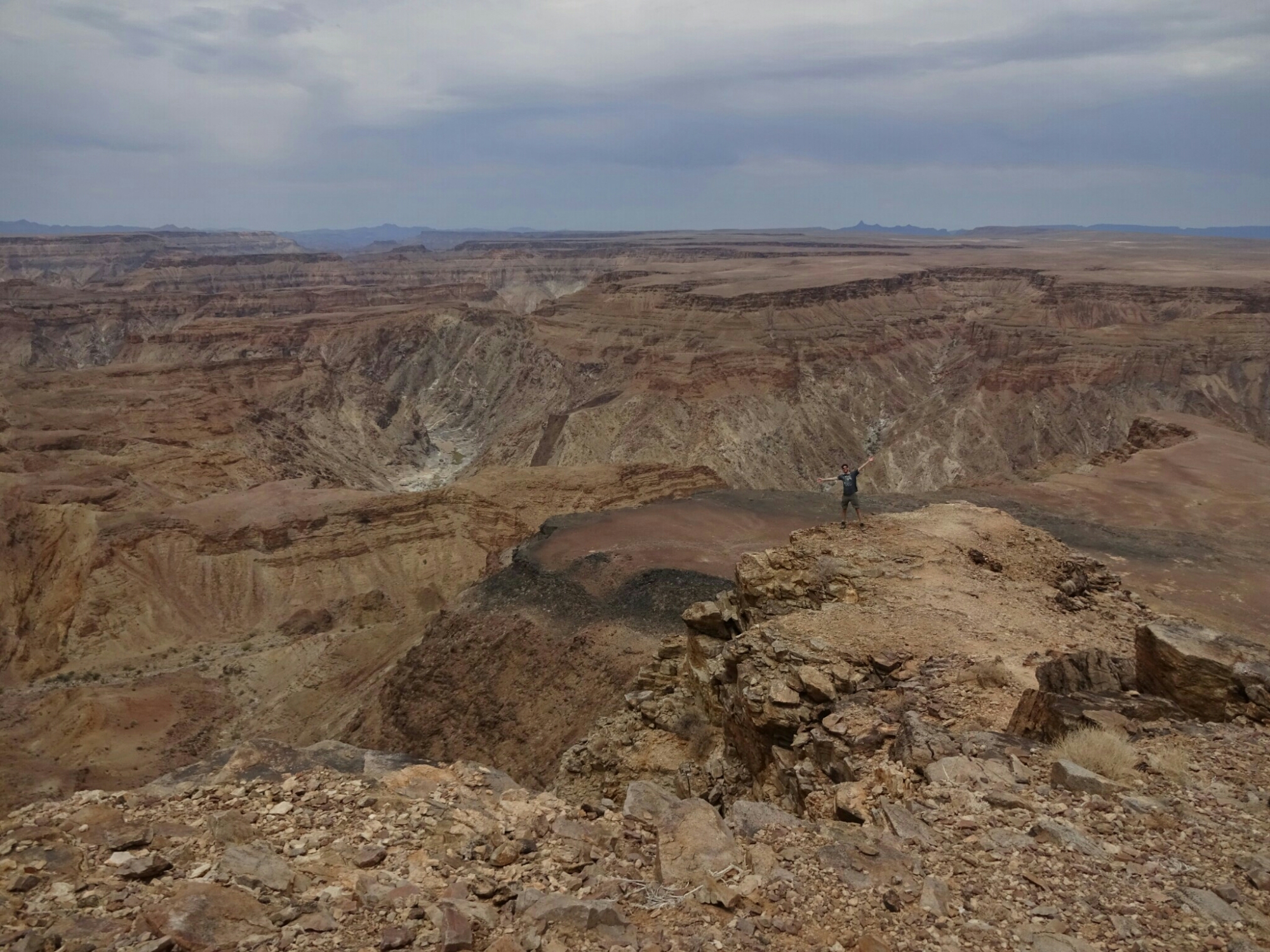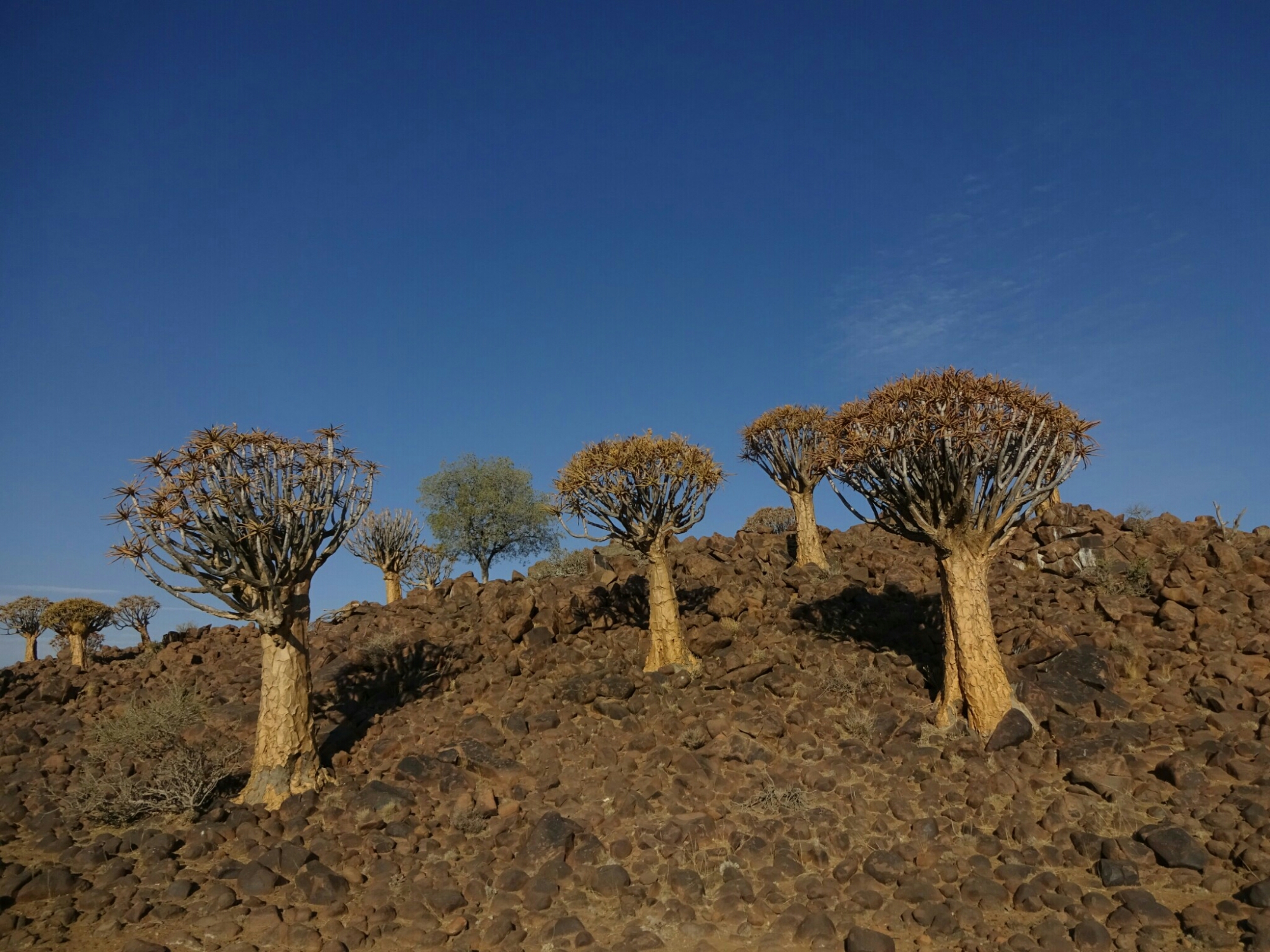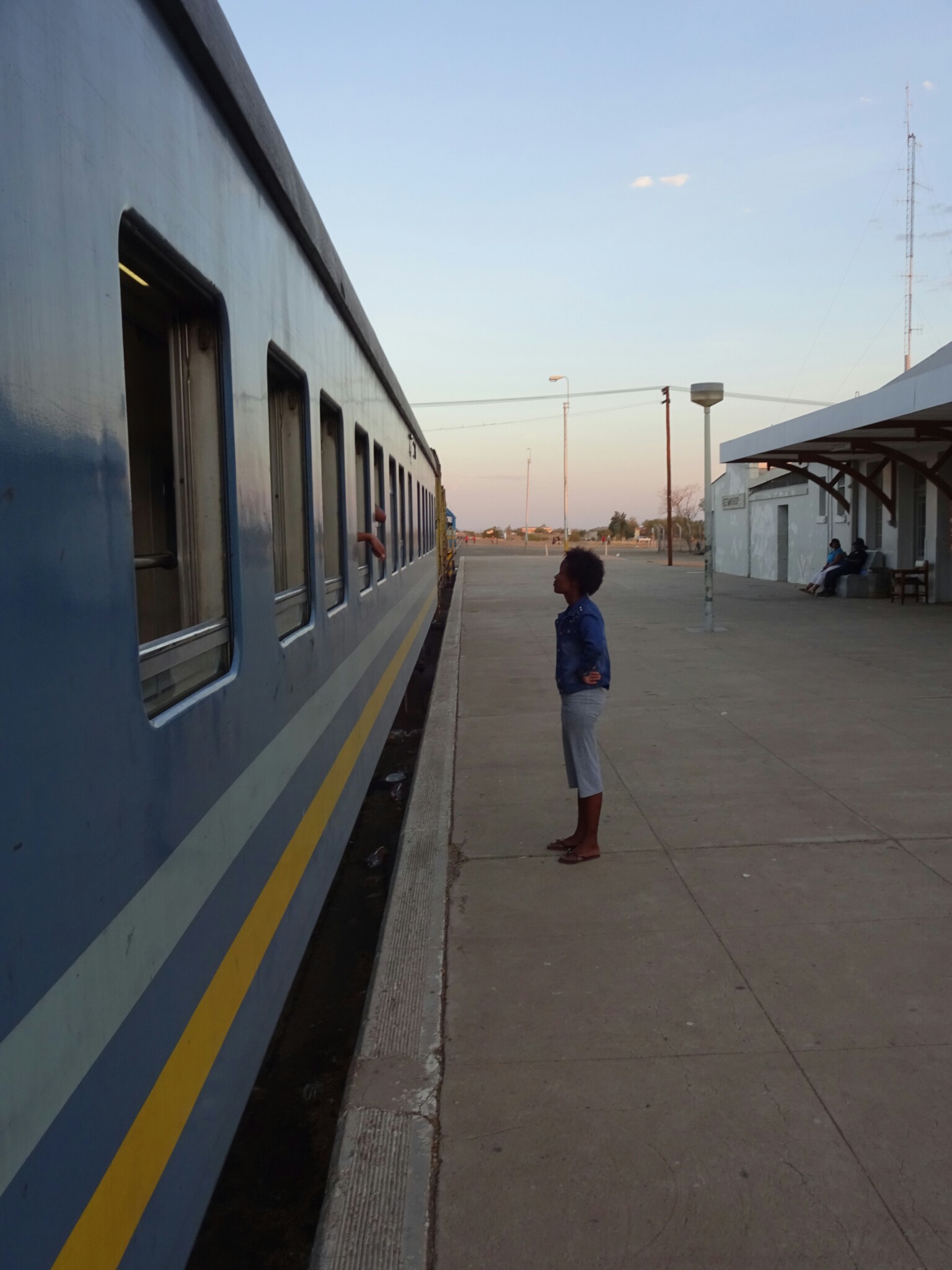From Windhoek I took another overnight bus to get me to Cape Town. After spending more or less five weeks on the road, I decided to stay in one place for the last week of my trip in Africa. The Cape Town area has a lot of things to offer and definitely more than what you can do in one week. The city had been recommended to me from many friends and people that I met along the way, so I was quite curious of how it would be.

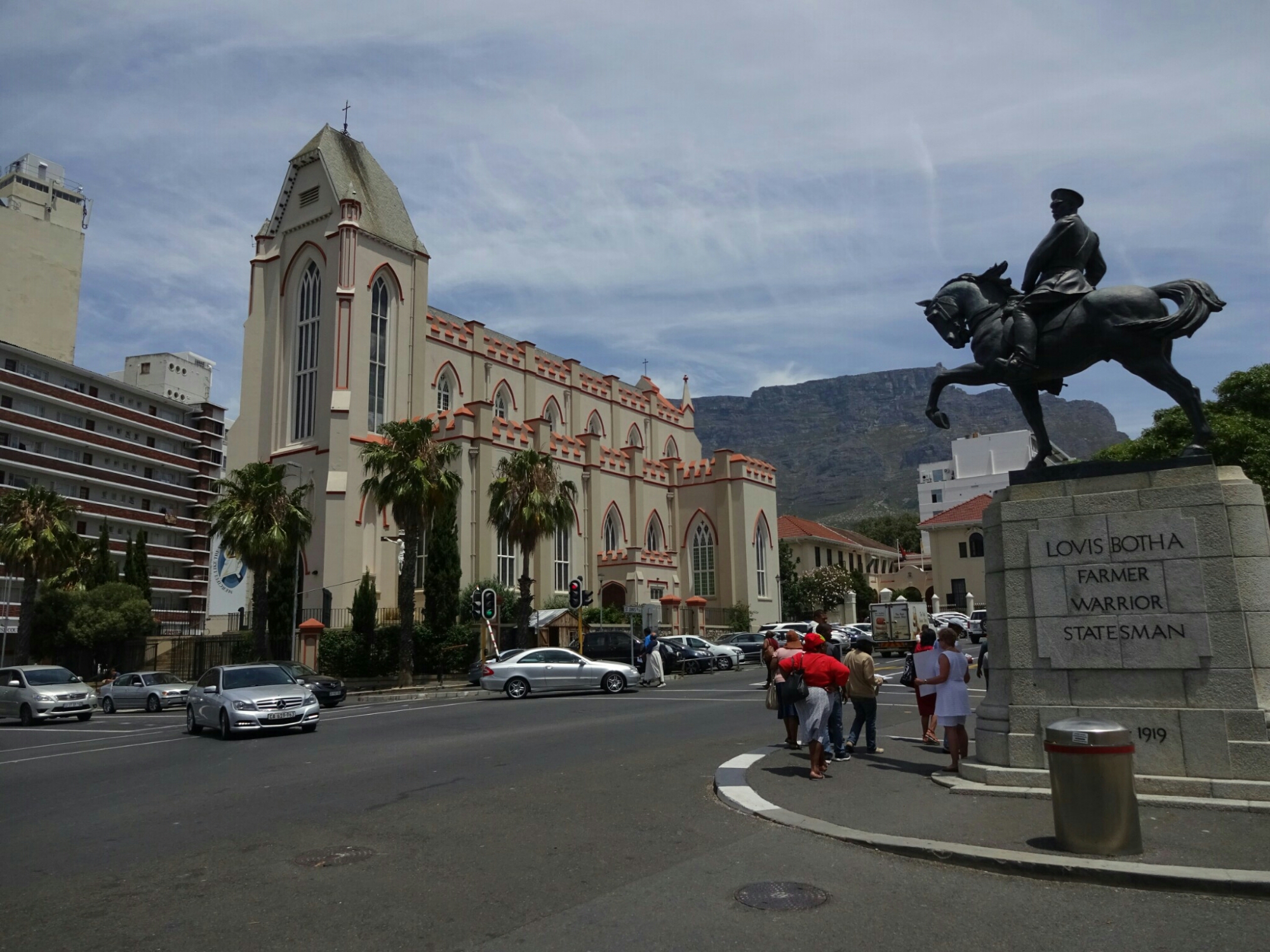
However, at first it was quite a shock to me. Remember – I was coming from Namibia: Namibia has about 2.3 million inhabitants, about 400.000 of them living in Windhoek. Cape Town has a total population of about 3.5 million! So it is much more crowded, many more cars and high rise buildings than what I was used to over the last few weeks. Additionally, the weather on my first full day in the city was gray, cold and windy, nothing like the warmth and sunshine of Namibia (not counting Swakopmund).
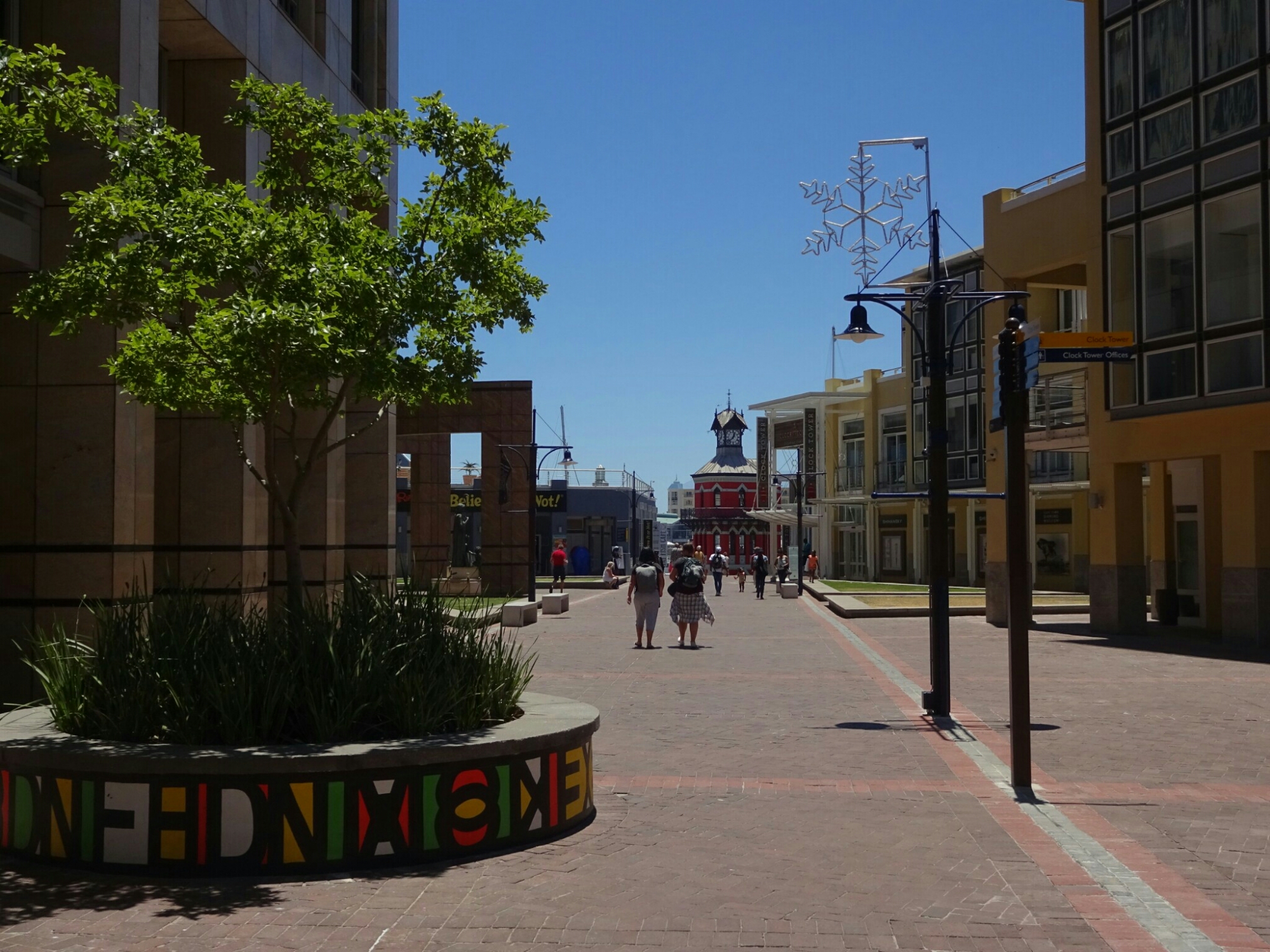
But after one day the weather improved and I slowly got used to being back in a big city again. Meeting new people also helped: I met Günther (from Germany) on the bus to Cape Town, Vinicius (from Brazil) and Roland (from the UK) in the hostel. Roland checked in on the same day as me and was my roommate for the past week. It’s always nice to spend some more time with people and to get to know them better.
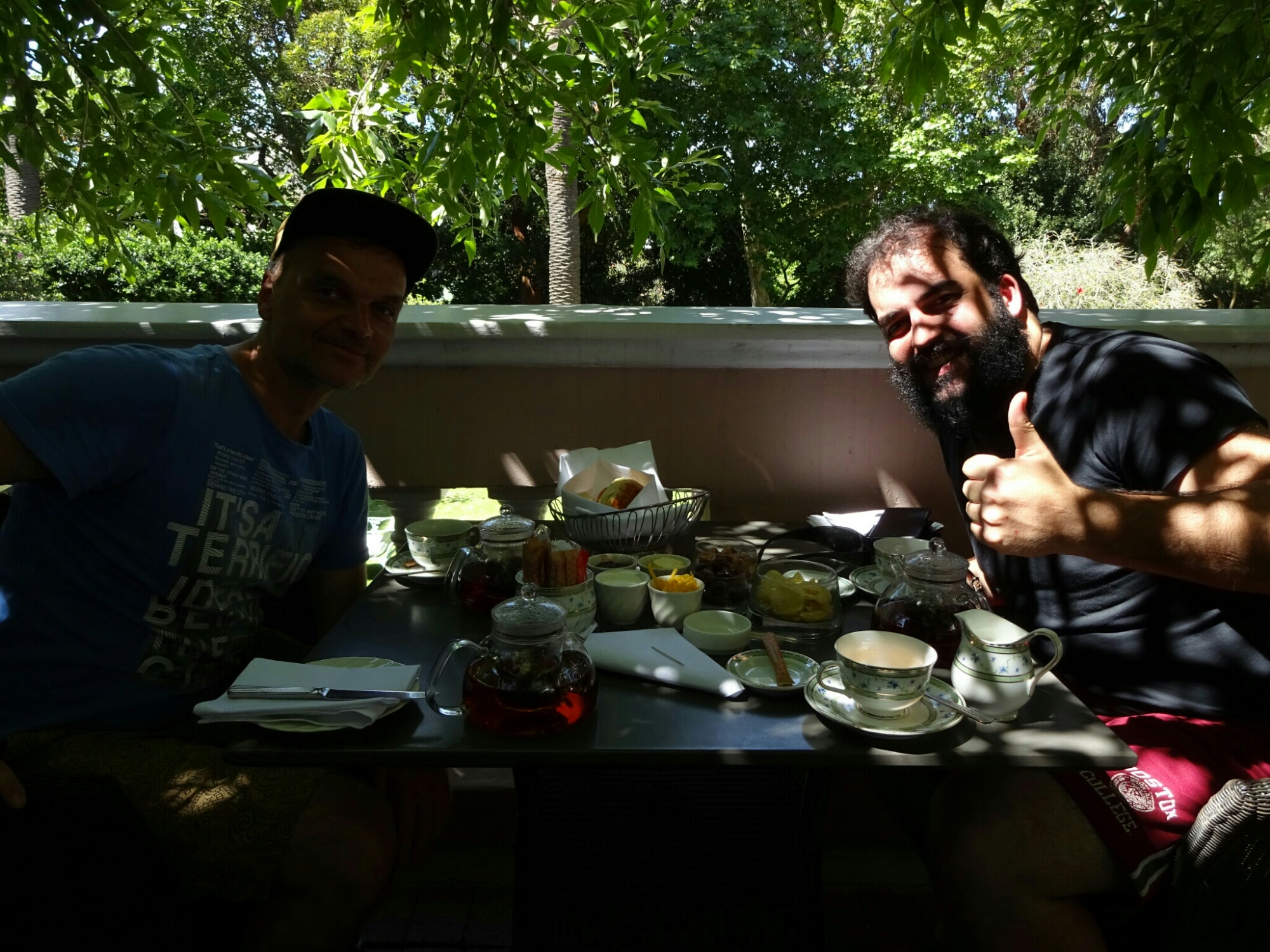
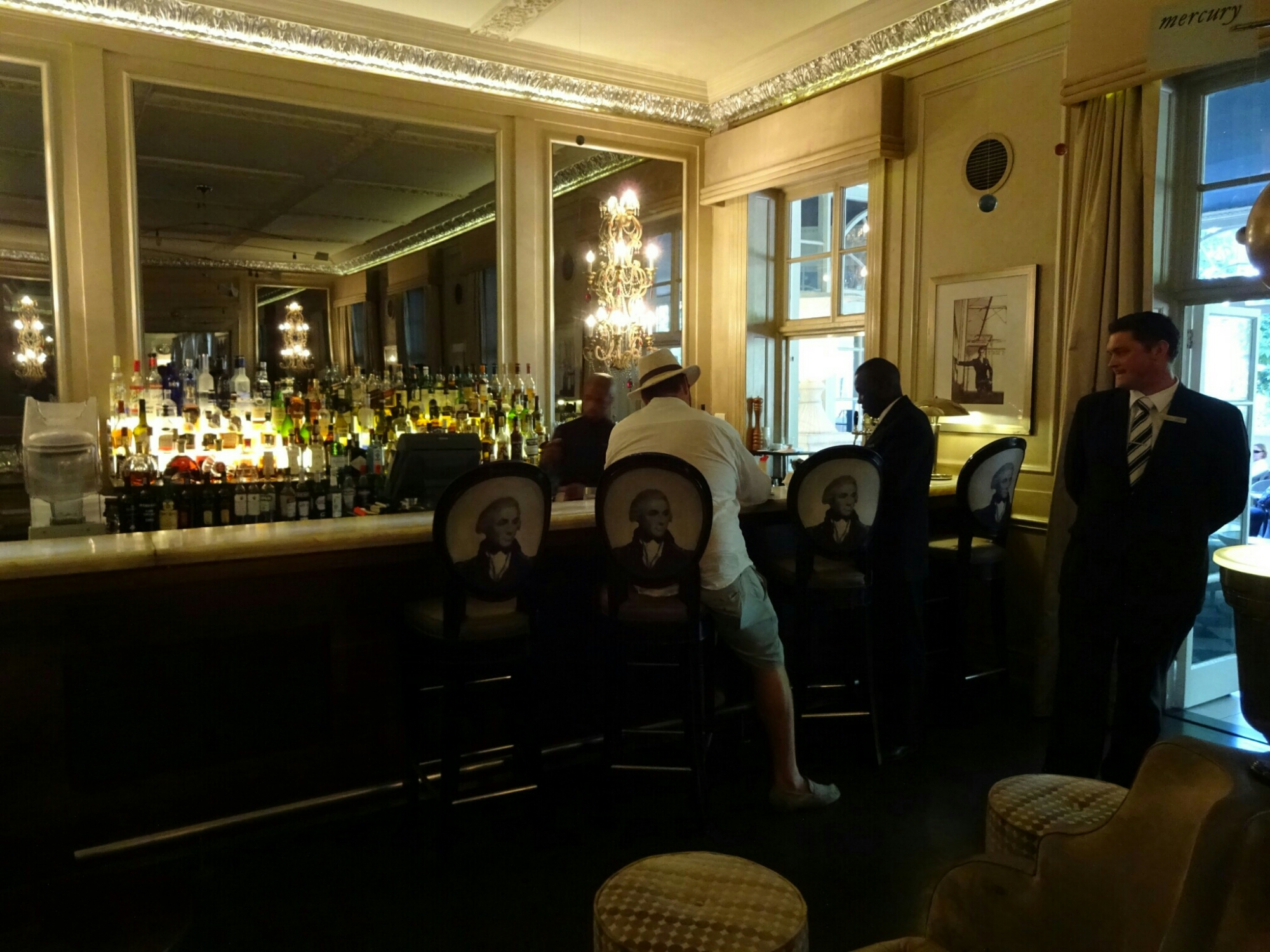
Together we explored the city, most of the time on foot or using Uber. This is a taxi system, where you can call a taxi with an app on your smartphone. It’s much cheaper than a regular taxi and works quite well in Cape Town. We talked to different drivers, all of whom were quite happy with their job because they can make more money than with their regular job. However, it only seems to be possible with lots of extra hours – working 6-7 days a week, 12 hours or more per day (up to 20 sometimes). Luckily all of our drivers seemed to be fit and awake when they picked us up.
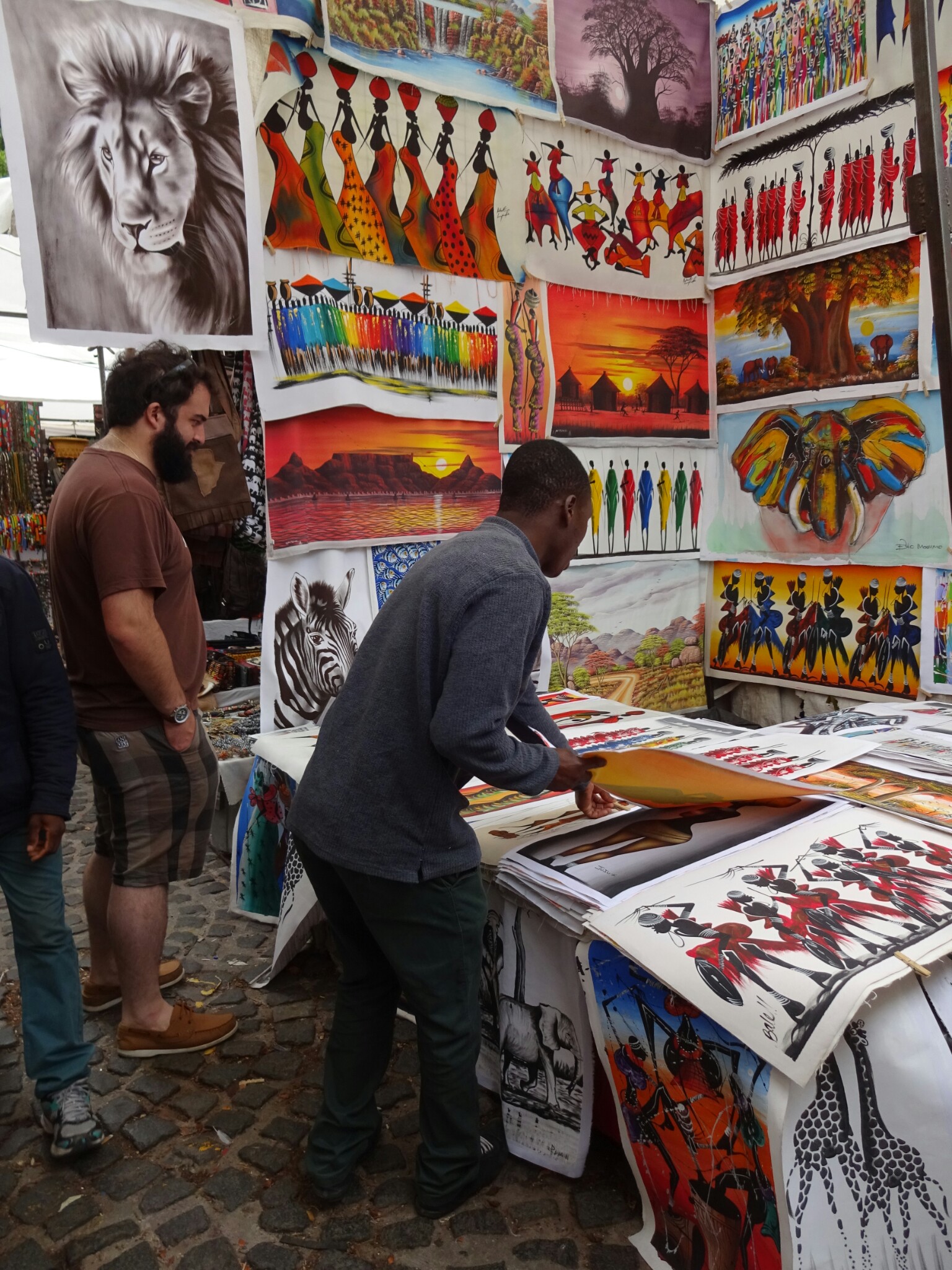
We decided to get an overview of the city by joining a free walking tour, where we got to know more about the history of Cape Town, including the period of Apartheid. During this time the white government implemented different laws to separate whites and non-whites. Everyone was assigned to one of six different races based on a series of “scientific” tests, such as the pen test: A pen was stuck into the hair and if it fell out while bending over it was a better score (more white), because the hair was obviously not as thick as that of native African people (black).

If you didn’t agree with government and still wanted to talk to people with a different skin color than yours, you would go to the hotel in district 6, which was the one of the only public places where it was possible. District 6 itself was a very multi cultural neighborhood up to the 1960s when the government decided to step in, relocated 60.000 people (without giving them proper reimbursement) and tore down the whole area. Their plan was to sell the land to private investors, but nobody wanted to have it after the clearance.

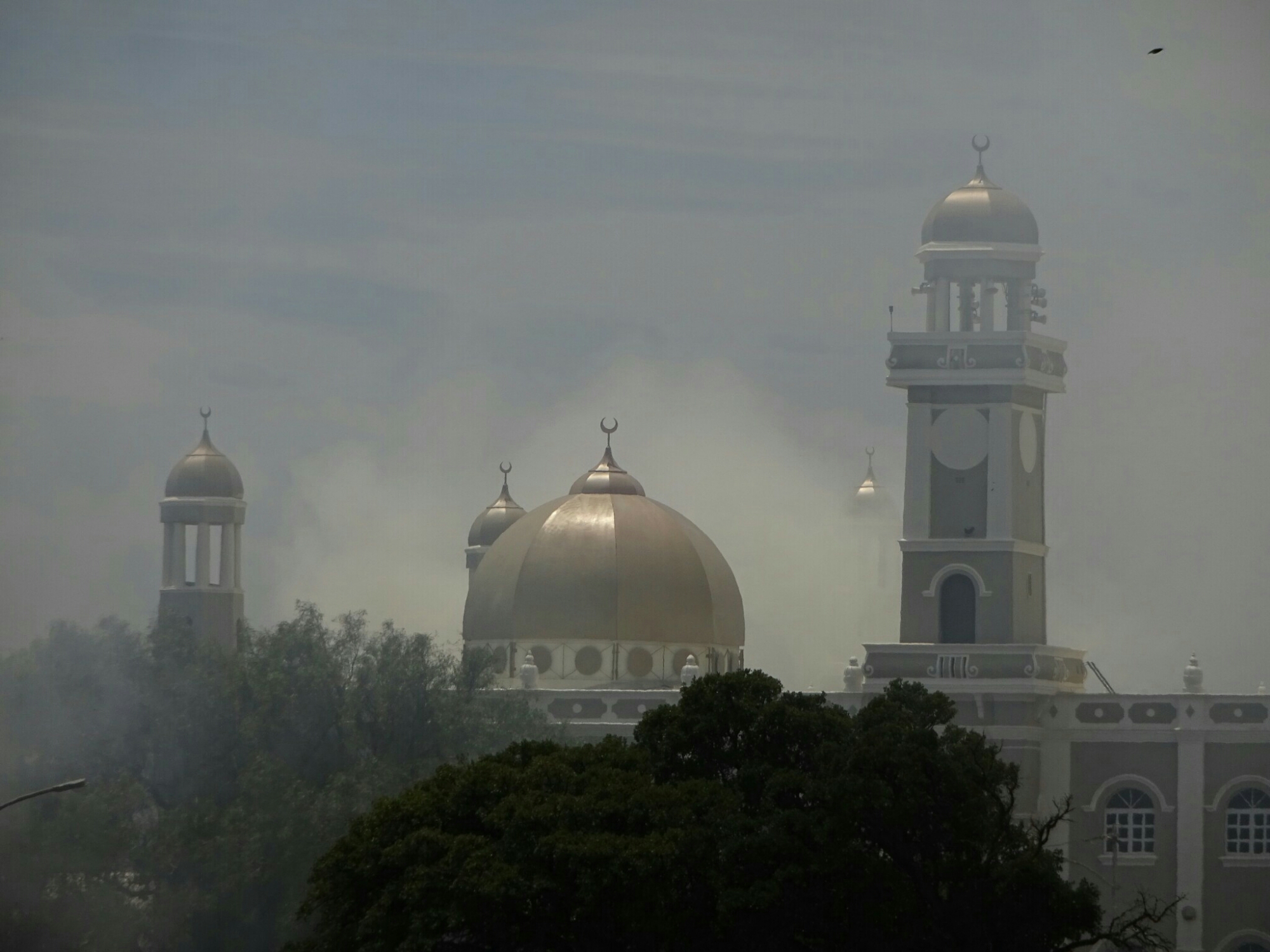
Another part of town is called Boo-Kap, which is where the former slaves used to live. After slavery was abolished, they were given a house for themselves and they painted the houses in different colors just because they could. Nowadays it’s one of the main tourist attractions, because it looks really nice with all the colors.

